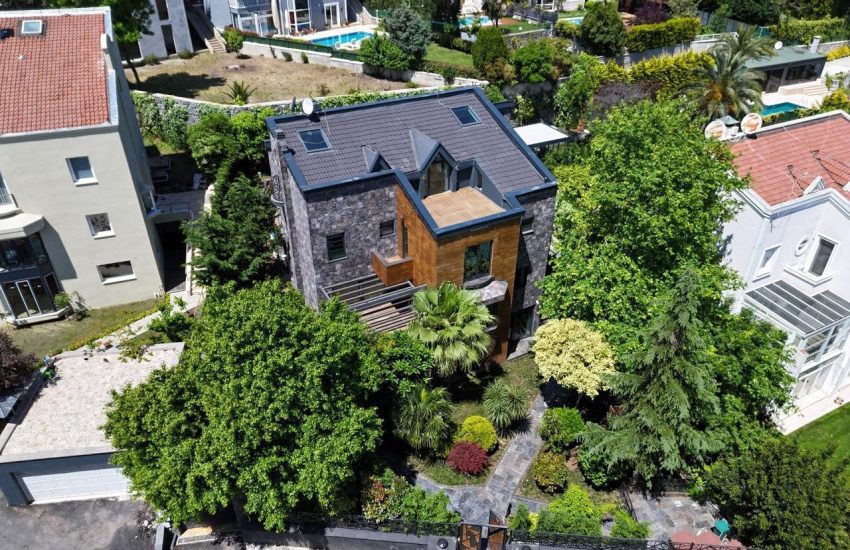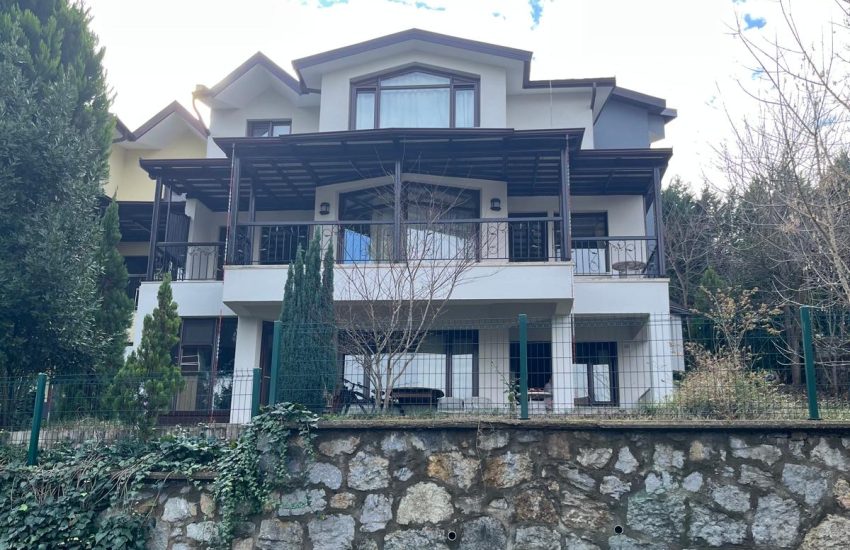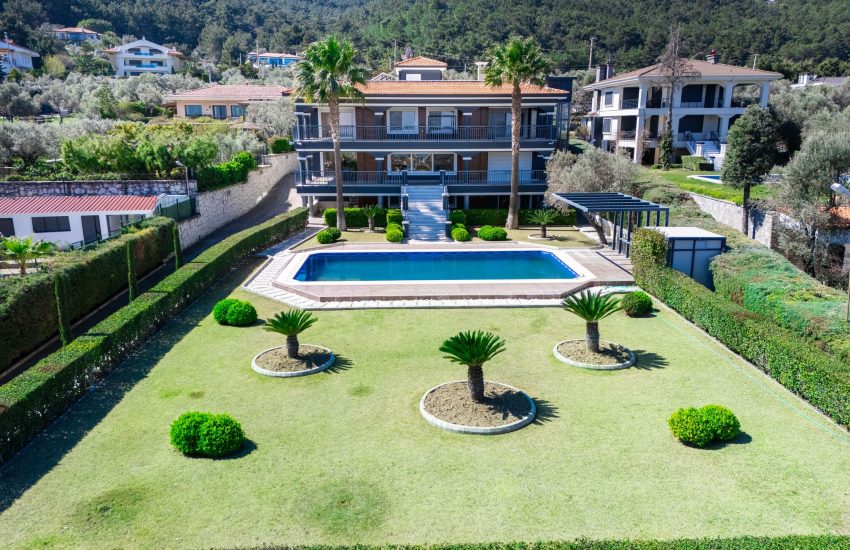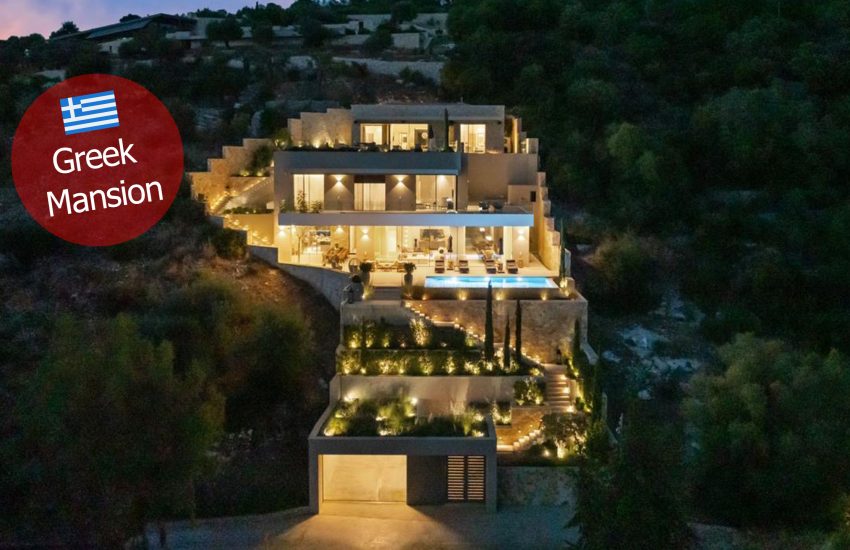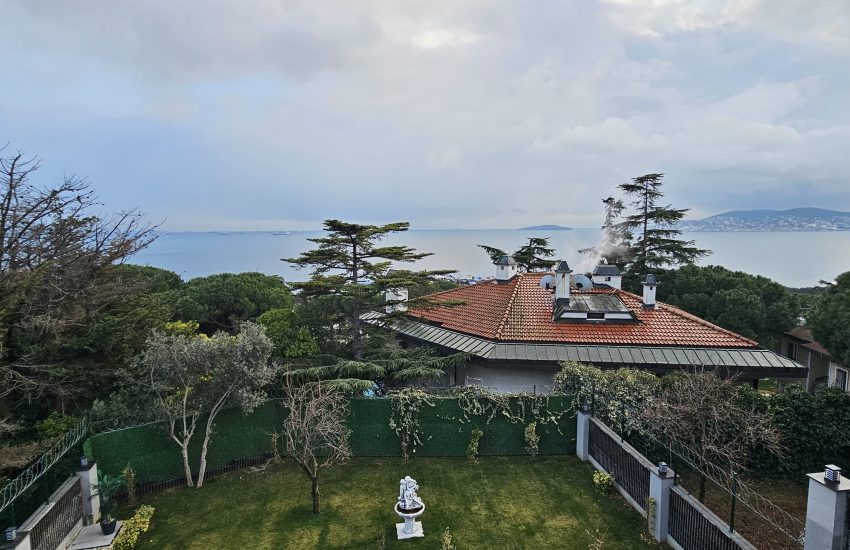Istanbul Bosphorus Mansions History
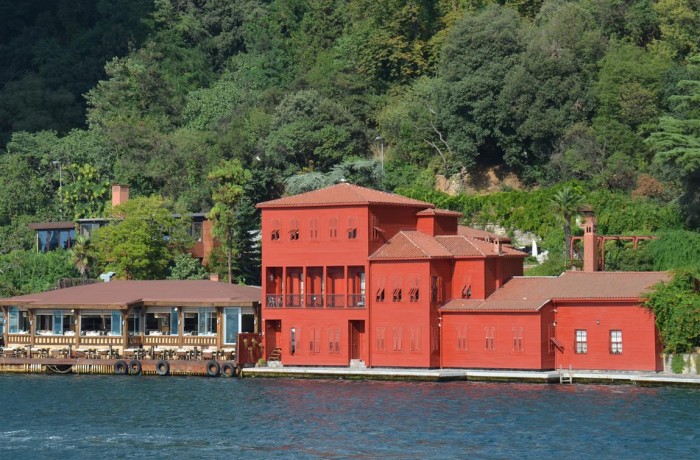
Istanbul’s Bosphorus Mansions are timeless symbols of the city’s rich history and architectural heritage. Dating back centuries, these majestic waterfront residences line the shores of the Bosphorus, overlooking the sparkling waters that divide Europe and Asia. Originally built as summer retreats for the city’s elite during the Ottoman Empire, these mansions have witnessed the rise and fall of empires, the ebb and flow of cultures, and the transformation of Istanbul into a global metropolis. Each mansion tells its own story, reflecting the unique blend of Ottoman, Byzantine and European influences that have shaped Istanbul’s identity over the centuries. Today, these historic mansions continue to captivate residents and visitors alike with their timeless beauty, grandeur and unparalleled views of the iconic Bosphorus Strait, serving as living monuments to Istanbul’s illustrious past.
The Bosphorus Mansions on the European side of Istanbul epitomise timeless elegance and grandeur along the iconic waterway. These historic residences, also known as “yalıs”, are architectural marvels that reflect the city’s rich cultural heritage and storied past. With their stunning waterfront locations and picturesque views of the Bosphorus, these mansions have long been coveted by the city’s elite. From ornate Ottoman designs to neoclassical facades, each villa has its own unique charm and character. Today, many of these magnificent properties have been meticulously restored and repurposed as luxury residences, boutique hotels or cultural venues, preserving their heritage for generations to come. The Bosphorus Mansions on the European side are iconic landmarks that capture the essence of Istanbul’s charm and serve as a testament to its enduring beauty and sophistication.
Recaizade Mahmud Ekrem Mansion
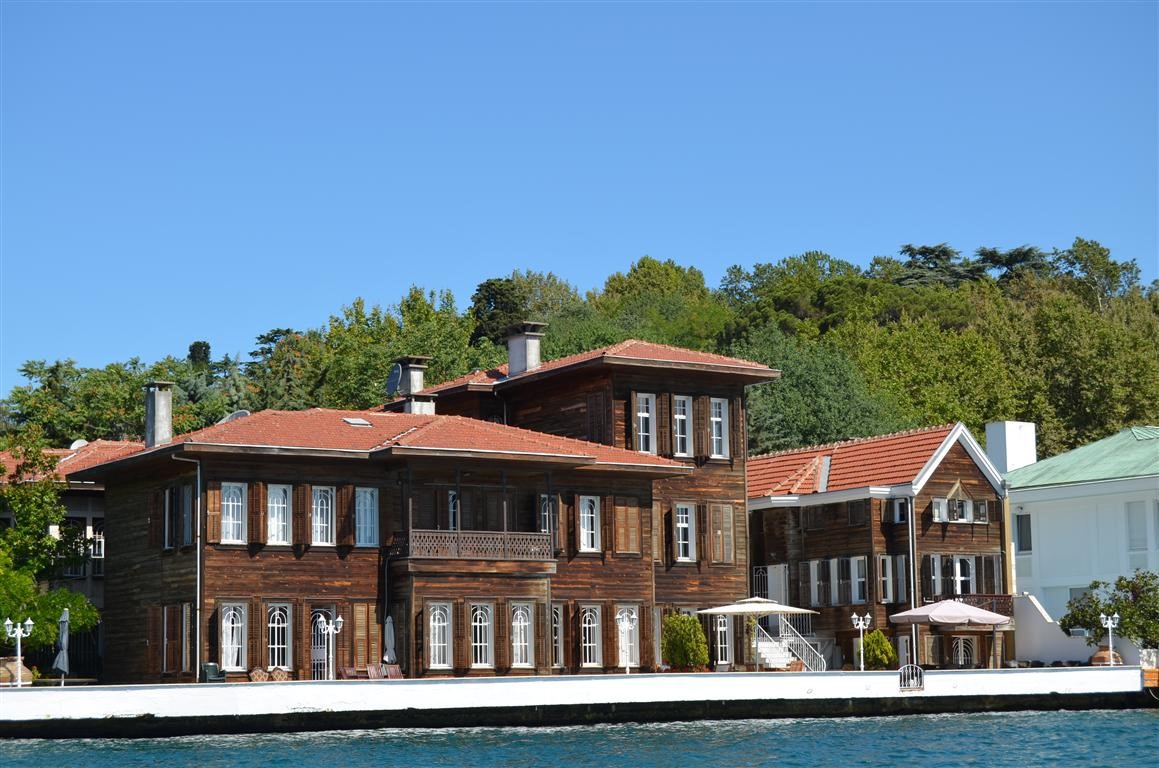
Recaizade Mahmud Ekrem Mansion is a very eye-catching building consisting of three brown buildings. Since Recaizade Mahmud Ekrem made this mansion the centre of the Servet-i Fünun school, the mansion was known as the “Writers’ Mansion” at the time. It is known that the mansion was built by Pigeon, one of the foremen of the Şişe Glass Factory, and Recaizade bought the mansion from Pigeon. The most famous and valuable writers of the period used to gather in the mansion, organise literary assemblies and hold literary conversations.
Said Halim Pasha Mansion
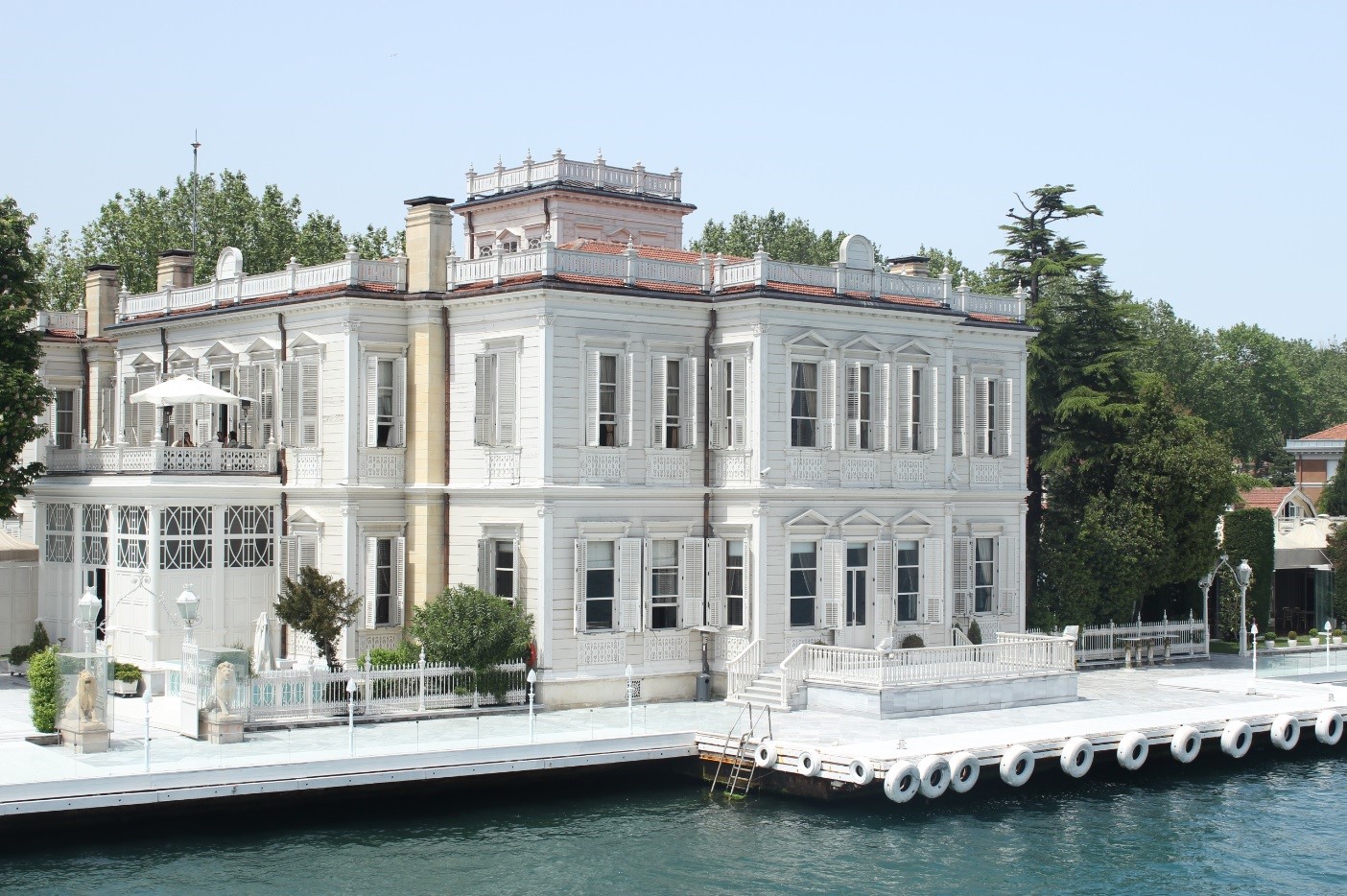
The Said Halim Pasha Mansion is also known as the Lion Mansion because of the two lion statues in its garden. The mansion, where King Faisal of Saudi Arabia lived as a tenant, was also used as a casino where only foreigners could enter. The historic building was later bought and renovated by the Ministry of Culture and Tourism. However, a fire broke out during the renovation and damaged the historic building. The villa was completely renovated in 1998. The mansion, which also served as the summer residence of the Prime Minister for a time, is currently used as a museum in its garden, restaurant and some of its rooms.
Hekimbasi Salih Efendi Mansion
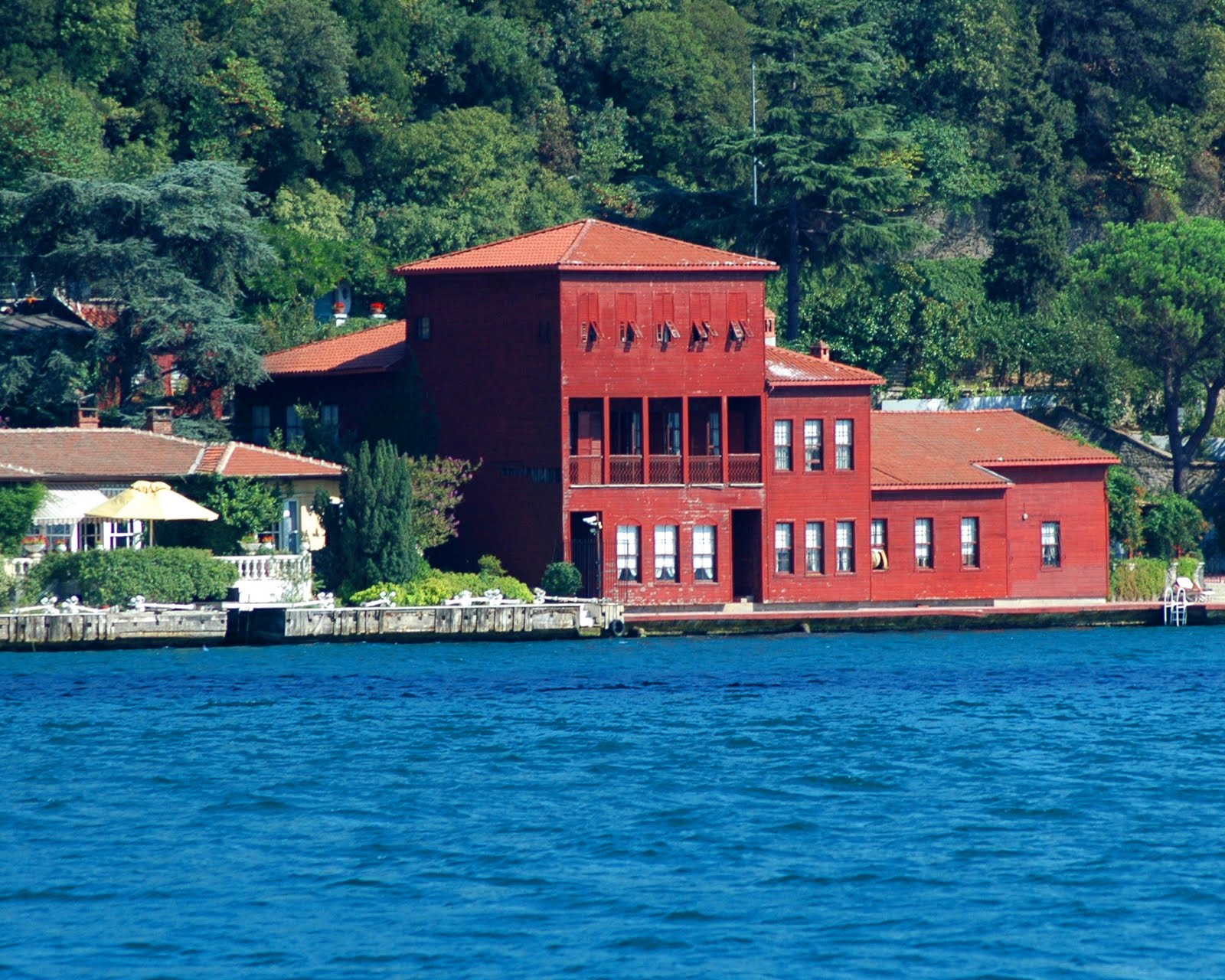
The red mansion on the slope of Otağtepe, at the foot of Fatih Sultan Mehmet Bridge, was one of the most popular residences on the Bosphorus. Built by Salih Efendi, the last chief physician of the Ottoman Empire, it was one of the few mansions on the shores of the Bosphorus to remain in the hands of the same family. Most of the furnishings inside belonged to Salih Efendi, the first owner of the villa. However, on 7 April 2018, the mansion was severely damaged after being hit by the Maltese-flagged cargo ship ‘Vitaspirit’.
Dr. Hulusi Behcet Mansion
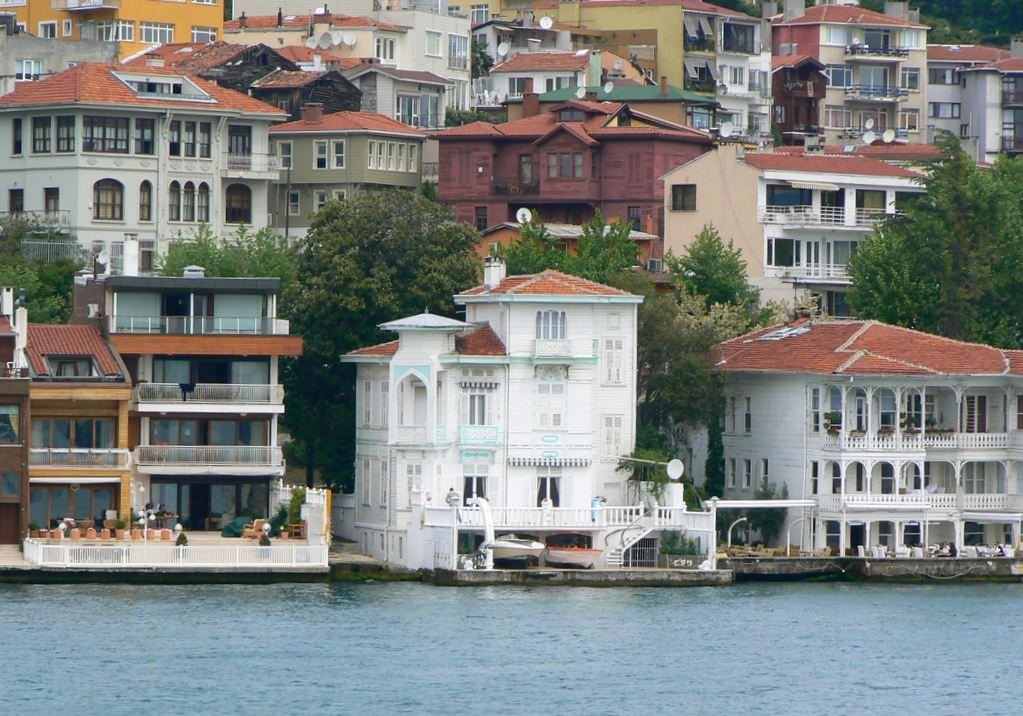
Dr Hulusi Behcet Mansion has a mansion-style structure rather than traditional mansion structures. Also known as “Çaycı İstapan Mansion”, this structure belonged to Dr Hulusi Behcet, who discovered Behcet’s disease. After Hulusi Behcet’s death in 1948, the mansion was purchased by industrialist Necati Aslan in 1991.
Egyptian Yusuf Ziya Pasha Mansion
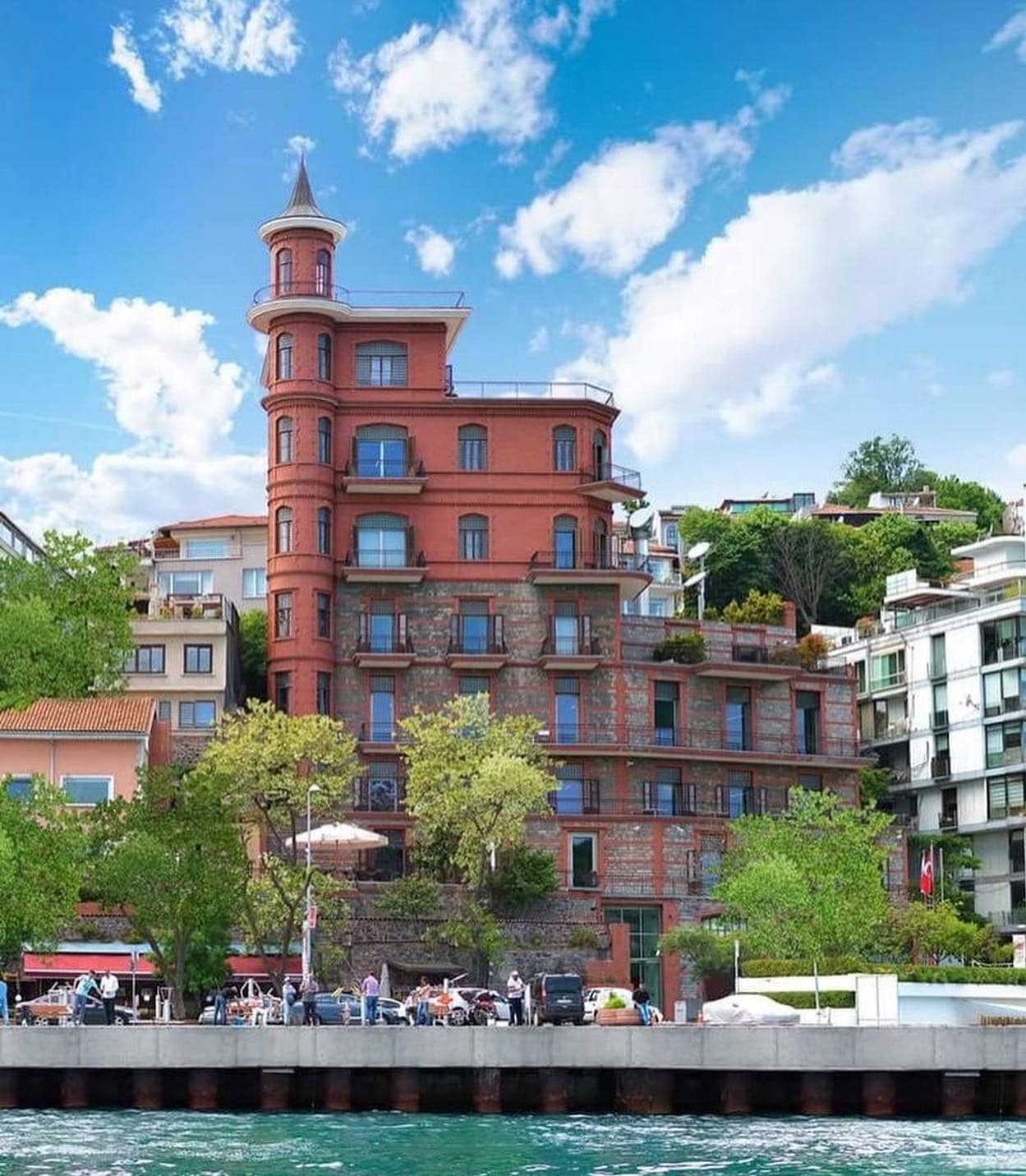
The owner of the mansion, also known as the “Haunted Mansion”, was Yusuf Ziya Pasha, one of the leading merchants of the period. Pasha, who traded with ships from Italy to the Ottoman Empire, wanted the mansion to be bigger than the Hıdiv Pavilion due to the rivalry between him and Abbas Hilmi Pasha, the Khedive of Egypt. Upon this request, the mansion was built with 10 floors, including a 7-storey tower.
The construction of the mansion in Rumeli Hisarı started in 1910, but with the outbreak of World War I in 1914, the masons were conscripted into the army and the work was halted. During this period, when two of the pasha’s merchant ships sank, he faced financial difficulties and even came to the brink of bankruptcy. As the second and third floors could not be completed, the building remained empty and became known as the “haunted mansion” in the neighbourhood.
The stories circulating about him extended to the claims of the workers during the renovations and repairs. Many labourers claimed that they had seen the ghost of Pasha’s wife. Yusuf Ziya Pasha died in Egypt in 1926 and according to his will, the stones of the top floor of the tower of the mansion were removed and taken to Egypt and a grave was built for Pasha. After his death, his family lived in the mansion until 1993. However, Basri Erdoğan, who bought the mansion on this date, started restoration works. However, when it was seen that the mansion was unusable, the mansion was rebuilt with the decision of the Board of Monuments.
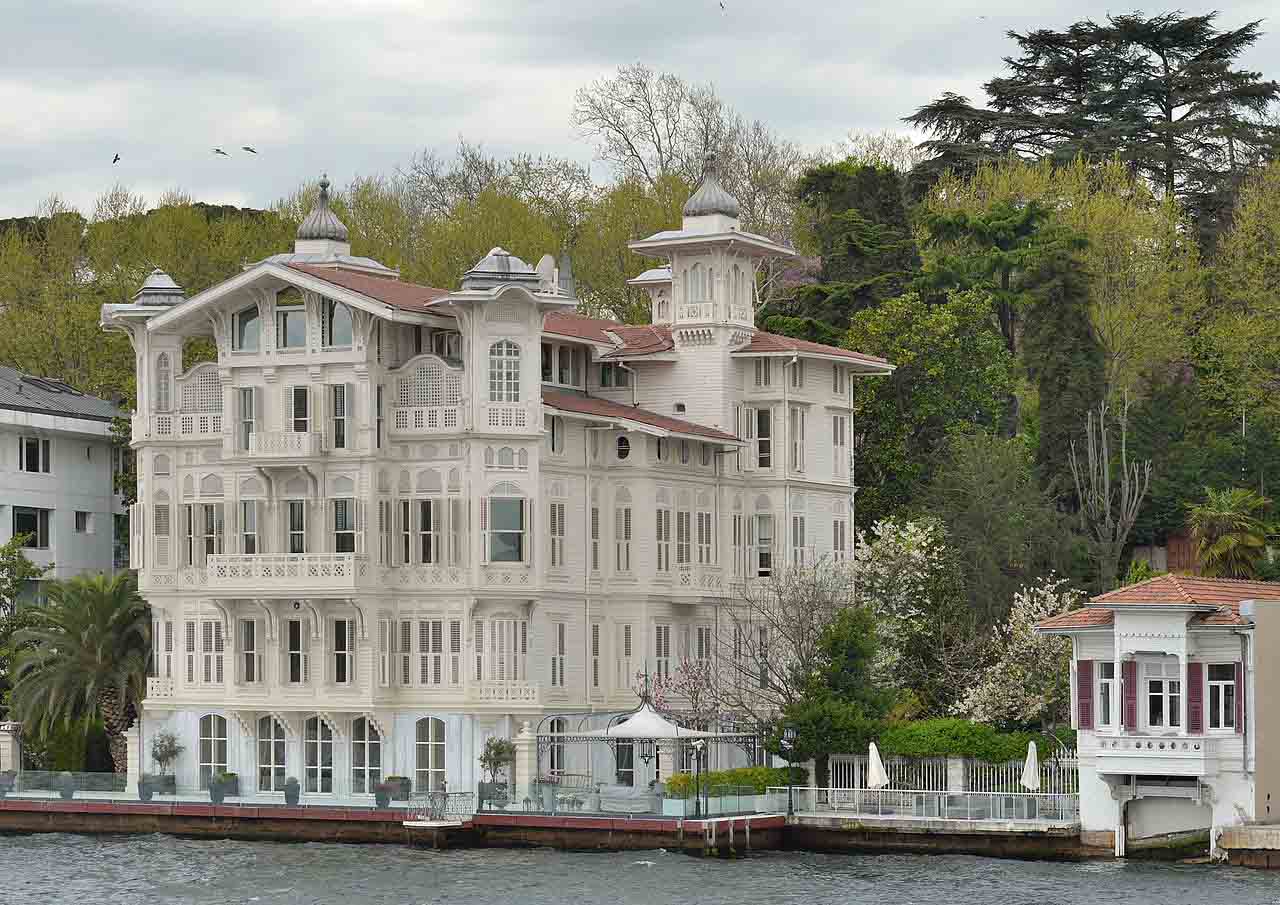
It is located in Sarıyer. It was designed by Alexandre Vallaury, one of the most popular architects of his time. It is known that Agatha Christie wrote the book Murder on the Orient Express in this mansion.
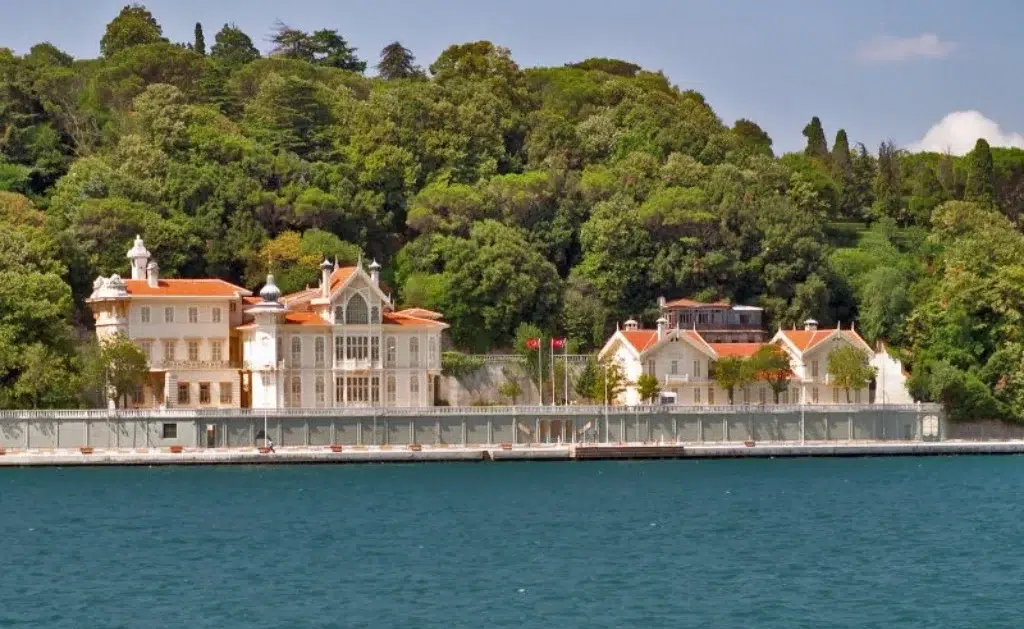
Huber Mansion is a mansion on the Rumeli side of the Bosphorus, south of Tarabya Bay and on the Yeniköy-Tarabya road. Behind it is a grove of approximately 64,000 m², covering the entire slope descending to the Bosphorus. The Huber Mansion is actually a mansion consisting of a large stable and carriage house, servants’ quarters, two small chalets and a greenhouse, in addition to the main building. Since 1985, it has been used as the Presidential Mansion of the Republic of Turkey.
Esma Sultan Mansion
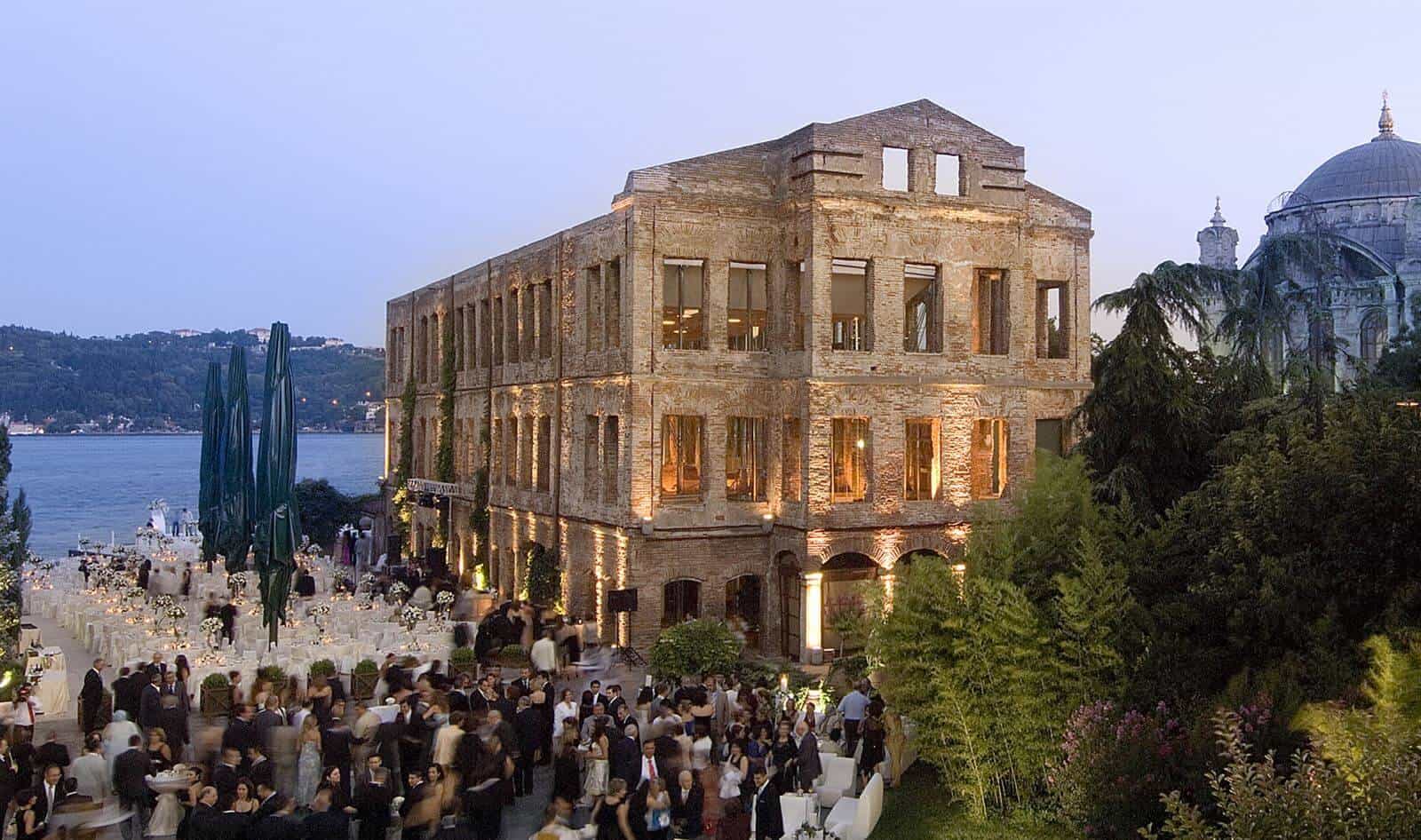
Built in 1788, the mansion was gifted to Esma Sultan by Architect Sarkis Balyan. In Ottoman history, Esma Sultan, the daughter of Sultan Abdülhamid I, was the only woman nominated for the sultanate by the janissaries. Esma Sultan, known for her elegant clothing, was a prominent figure in the world of society and Istanbul fashion. Today, this mansion, which is visited by tourists, hosts important events, weddings and celebrations.
Hatice Sultan Mansion
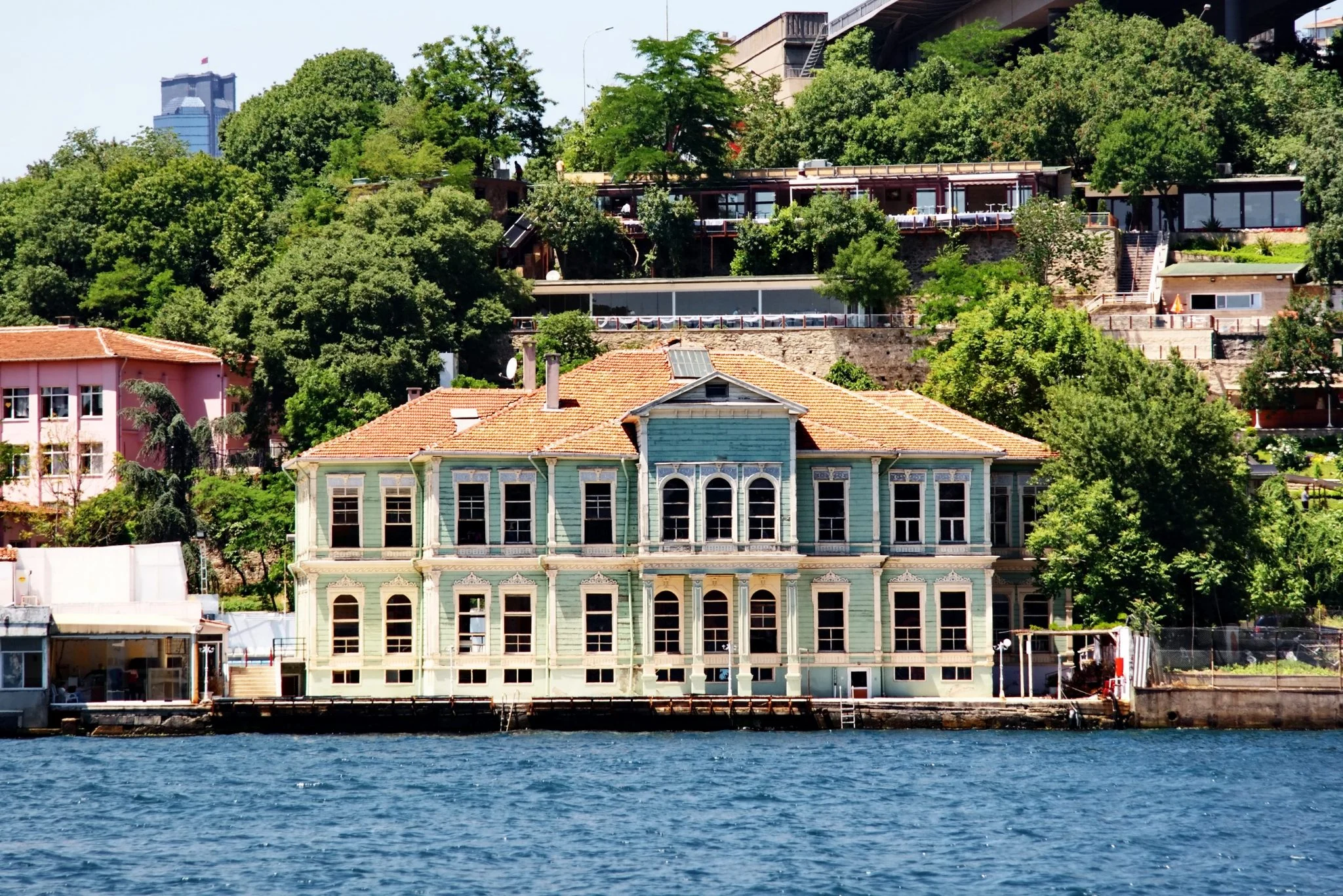
The mansion on the Ortaköy coast belonged to Ali Saib Pasha. After the Pasha’s death, it was bought by Sultan Abdülhamid II and given as a wedding gift to Hatice Sultan, the eldest daughter of Murad V. After the exile of the dynasty, the mansion served as an orphanage and primary school for a while, and has been owned by the Swimming Specialisation Club since 1972.
While the piers of the Bosphorus Bridge were being driven, the foundations of the Hatice Sultan Mansion were severely damaged and the mansion began to slide towards the sea. When it was realised that the mansion was at risk of being split in two and the northern half of the mansion was heading towards the sea, concrete supports were built on its four corners and the mansion was saved from collapse and disappearance. The mansion, which is currently rented as a hotel for 25 years, is waiting to be restored. Hatice Sultan Mansion is the only dynasty mansion that has survived to the present day.
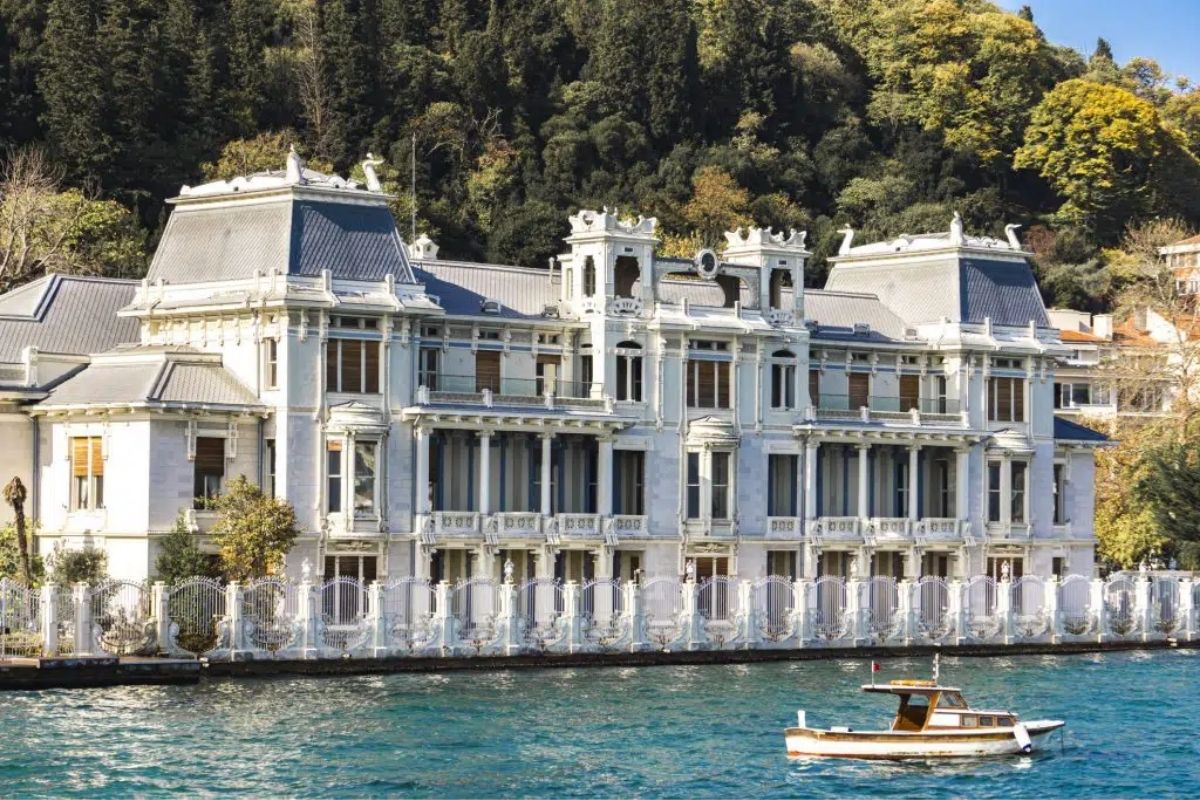
The Egyptian Consulate building, Hidiva Mansion or Ali Pasha Mansion is a palace located in the Bebek neighbourhood of Beşiktaş district of Istanbul. Located in the middle of Bebek Bay, the mansion is now used as the Consulate General of Egypt in Istanbul. It was built in 1902 by Italian architect Raimondo D’Aranco as a summer house for Emine Valide Pasha, mother of Khedive Abbas Hilmi Pasha. The grove behind it is the Kortel Grove belonging to Fikret Kortel, a professor at Boğaziçi University.
The Bosphorus Mansions on the Asian Side of Istanbul exude timeless charm and cultural significance along the picturesque waterway. Nestled amidst lush greenery and commanding panoramic views of the Bosphorus, these historic residences, known as “yalıs,” embody the city’s rich architectural heritage. From Ottoman-inspired designs to elegant neoclassical facades, each mansion tells a story of Istanbul’s diverse cultural influences and storied past. Once the summer retreats of the city’s affluent elite, many of these mansions have been meticulously preserved and transformed into luxury residences or exclusive venues, offering residents and visitors alike a glimpse into Istanbul’s illustrious history. The Bosphorus Mansions on the Asian Side stand as symbols of elegance and sophistication, capturing the essence of Istanbul’s timeless allure and providing a window into its vibrant cultural legacy.
Red Mansions - Mehmet Emin Aga Mansion
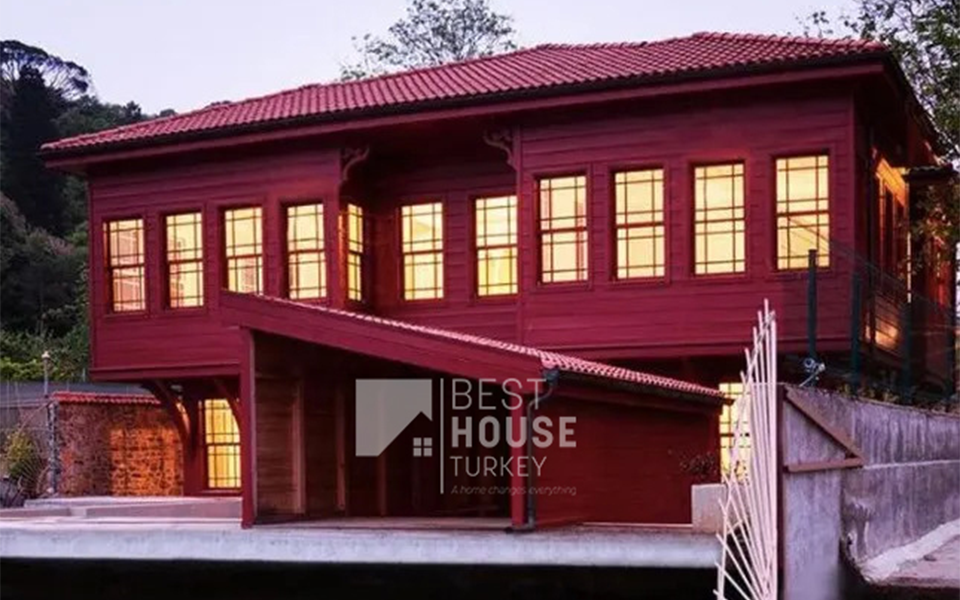
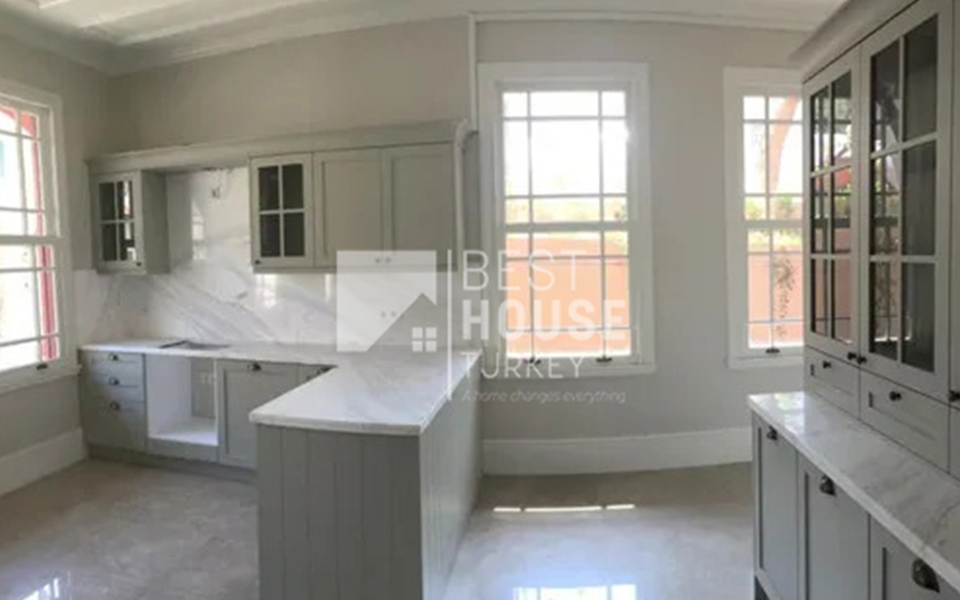
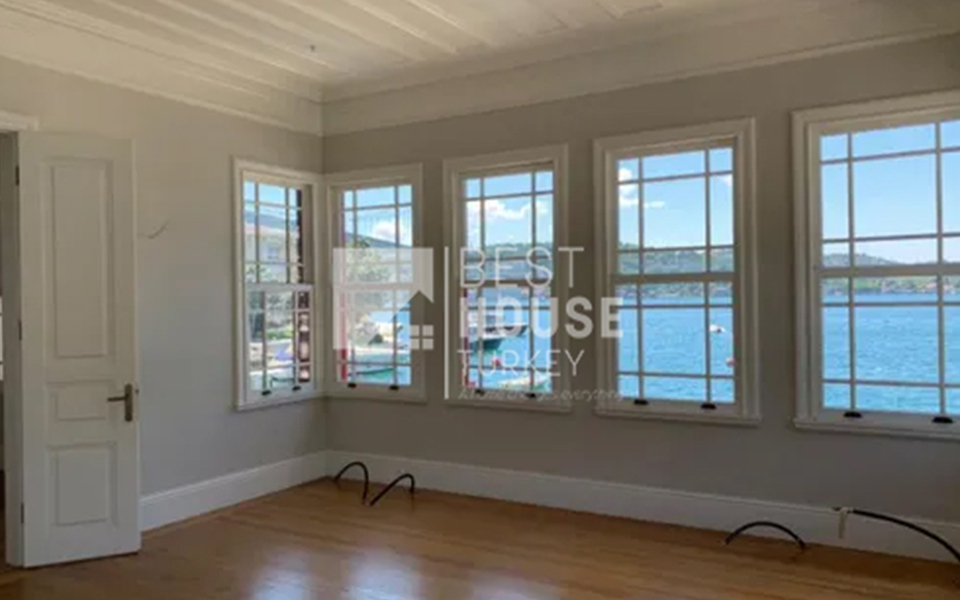
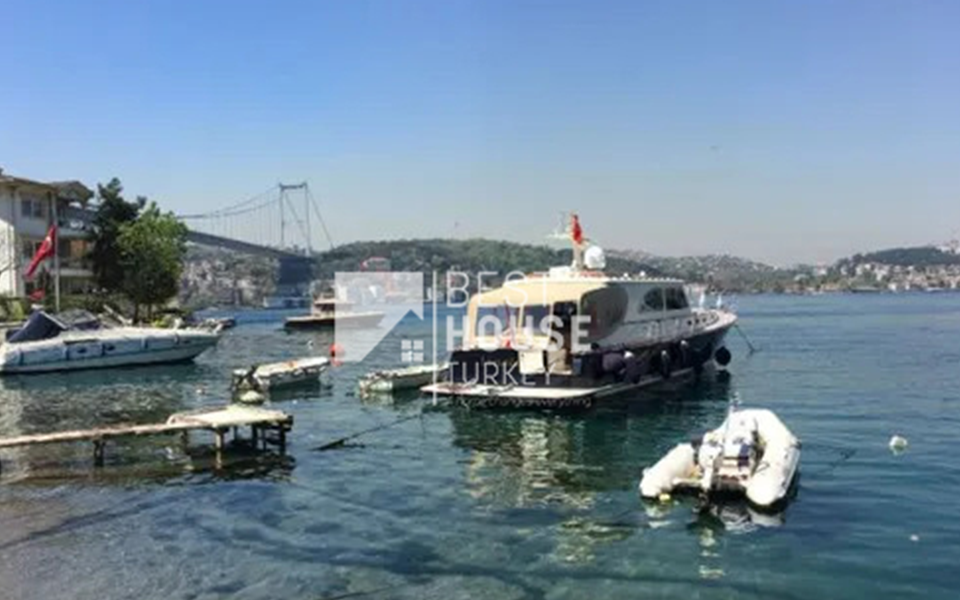
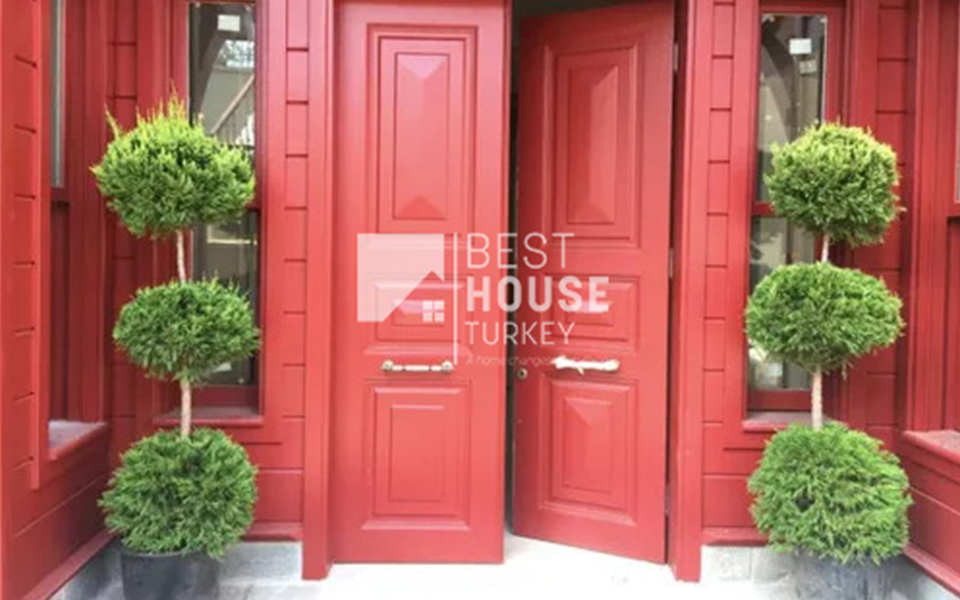
The mansion in Bahâî Bay on Barış Manço Avenue is believed to have been built in 1846. The mansion, which belonged to Mehmet Emin Aga, the Sipahiler Aga of the Sultan Mahmud I period, was destroyed by fire in 1905, the land remained empty for a long time and after 2017 it was rebuilt similar to the original.1
Istanbul Bosphorus Villa For Sale the exclusive workroom and kitchen cater to both your professional and culinary needs, blending functionality with the sheer joy of creation. The inclusion of two bullpen toilets and a lavish spa area ensures that both wellness and practicality are woven into the fabric of daily living, offering spaces for relaxation and rejuvenation. Istanbul Bosphorus Villa For Sale For guests seeking privacy and comfort, the independent reverse duplex guest house, complete with 30 sqm of meticulously designed space, stands ready to welcome them.
Mansion Locaiton
With panoramic sea views, private beach access and luxurious amenities, the Istanbul Bosphorus villa for sale in Beykoz represents the pinnacle of what this district has to offer. It’s not just a home, it’s a lifestyle choice for those seeking tranquillity, privacy and indulgence in one of Istanbul’s most prestigious neighbourhoods.
In Beykoz, every moment is a reminder of the exquisite balance between nature and luxury, history and modernity, activity and serenity. It’s a place where the elite come to live their best lives, surrounded by the beauty and cultural depth of Istanbul.
The Price of the Mansion
| TYPE | MIN M² | MIN PRICE |
|---|---|---|
| 5+1 | 650 m² | $19.000.000 |
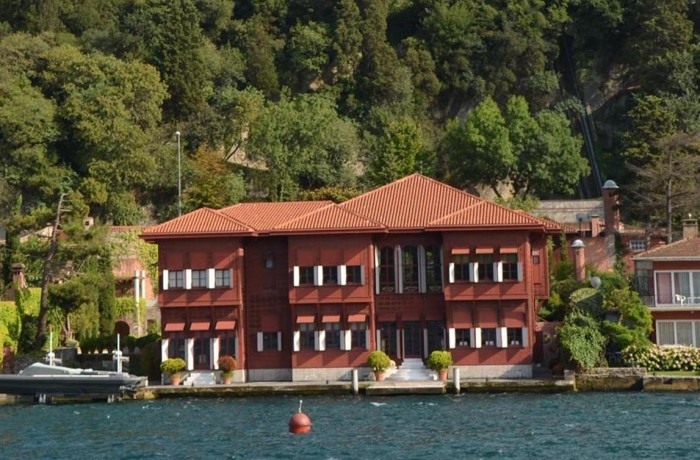
Located in Üsküdar, this mansion dates back to the 1800s. It was bought by a Greek shipowner after the British occupation. Lawyer Hadi Bey bought this building while exchanging his properties in Thessaloniki for Turkish properties.
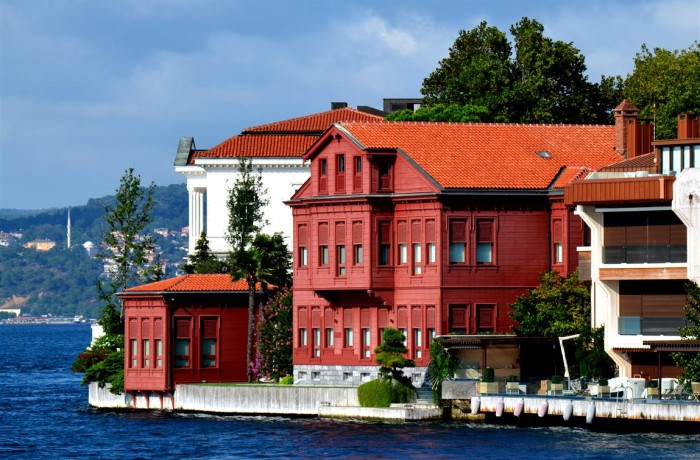
It is located in Kanlıca and has survived from the late 19th century to the present day. The name is so named because the illiterate pasha signed his signature in the form of 7/ 8. There is also a bakery with the same name in Beşiktaş.
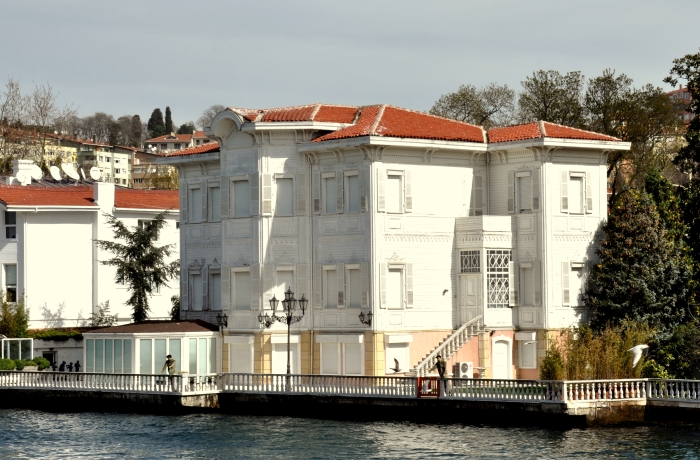
Yagcı Hacı Sefik Bey Yalısı is a Yalı mansion on the shores of the Bosphorus in Istanbul, Turkey. Located in Kanlıca, the mansion was built in 1905 in Art Nouveau style for Sultan Cemile. It was restored in 1989 by Mr Faruk Yalcin of the Turkish government.
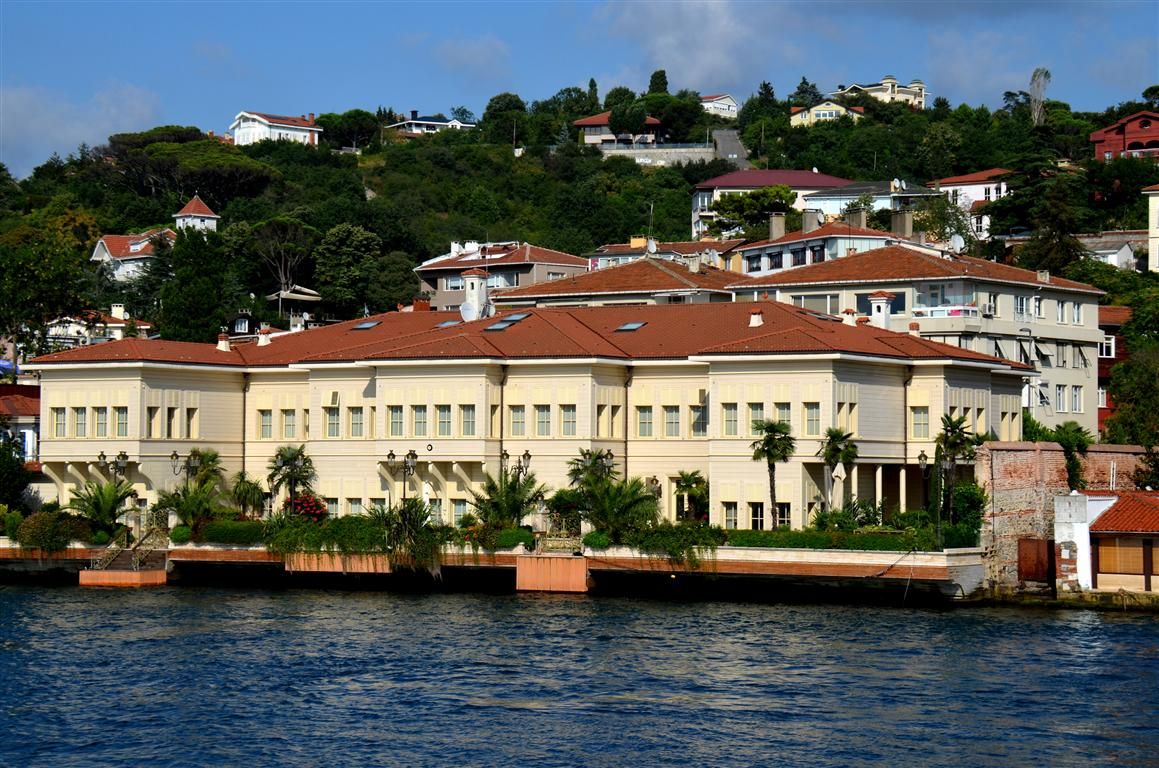
Located in Kanlıca, this mansion has one of the largest docks on the Bosphorus and was built in 1907. Although some of it was lost in a fire, it was restored in 2008.
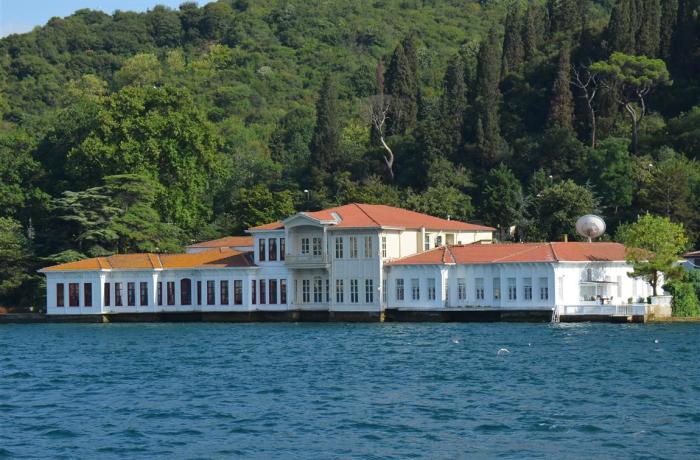
It is located in Üsküdar and is adjacent to the old Küçüksu Beach. This mansion was built in the 1700s for Grand Vizier Mehmed Izzed Pasha. However, it was later bought by Mehmet Emin Pasha of Cyprus in 1840.
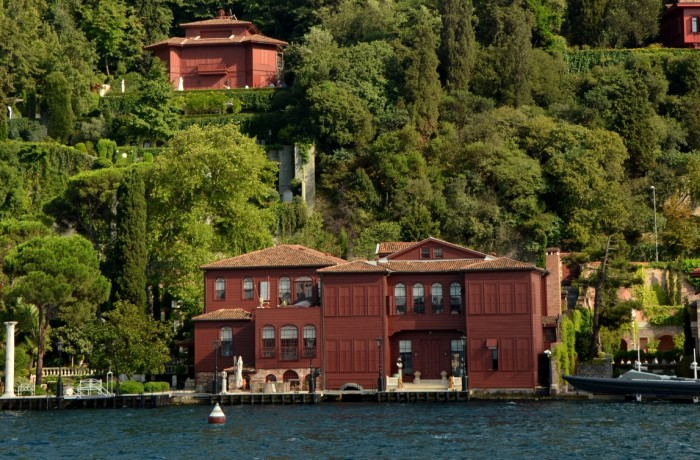
It is located in Uskudar. Leon Ostrorog, a Polish who worked as a consultant on Islamic law in the Ottoman Empire, bought this mansion in 1904. Pierre Loti was among the guests of this mansion. Today, it belongs to Rahmi Koç and some of his collections as well as the count’s personal belongings are in the mansion.
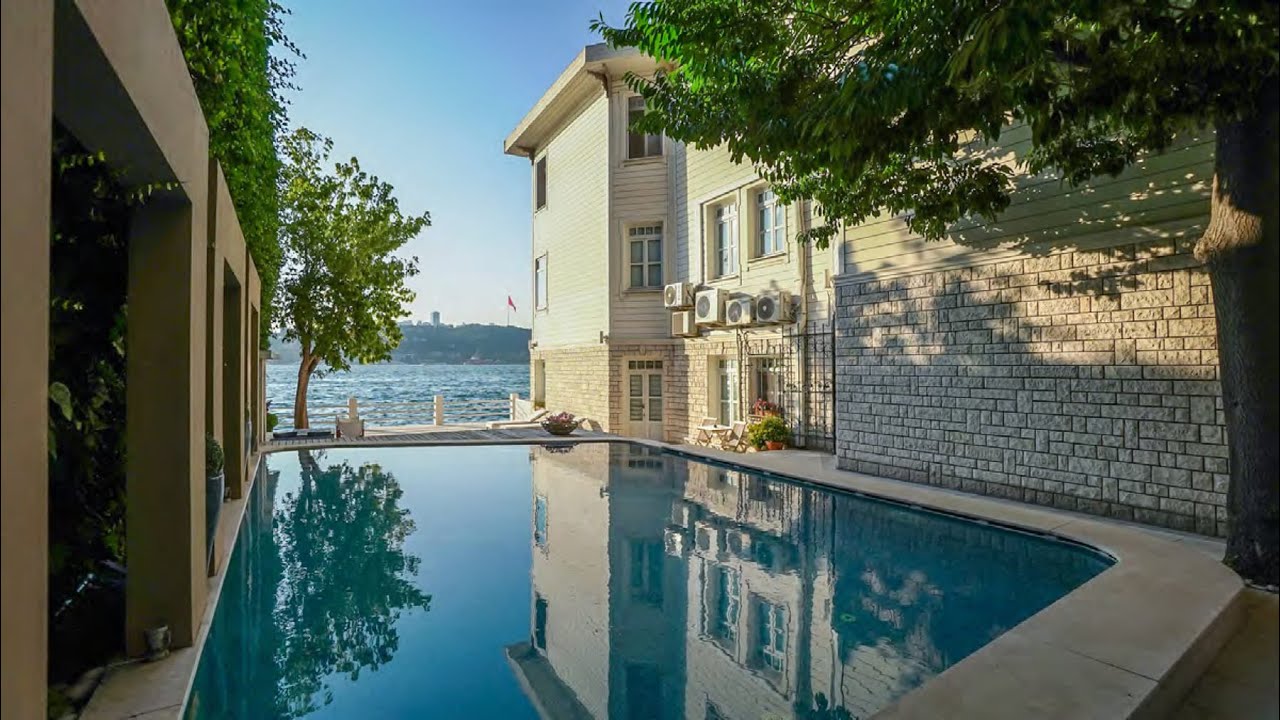
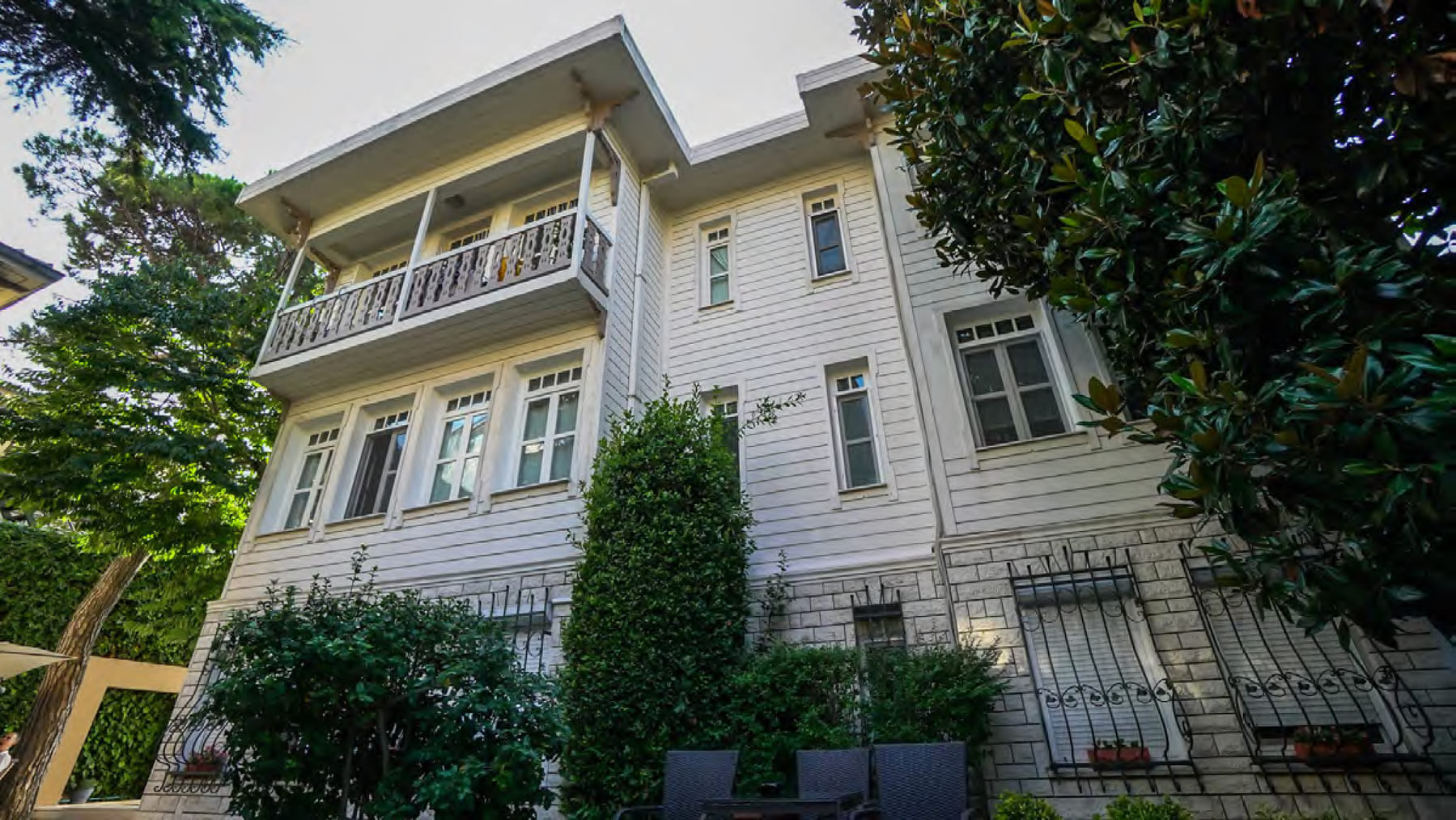
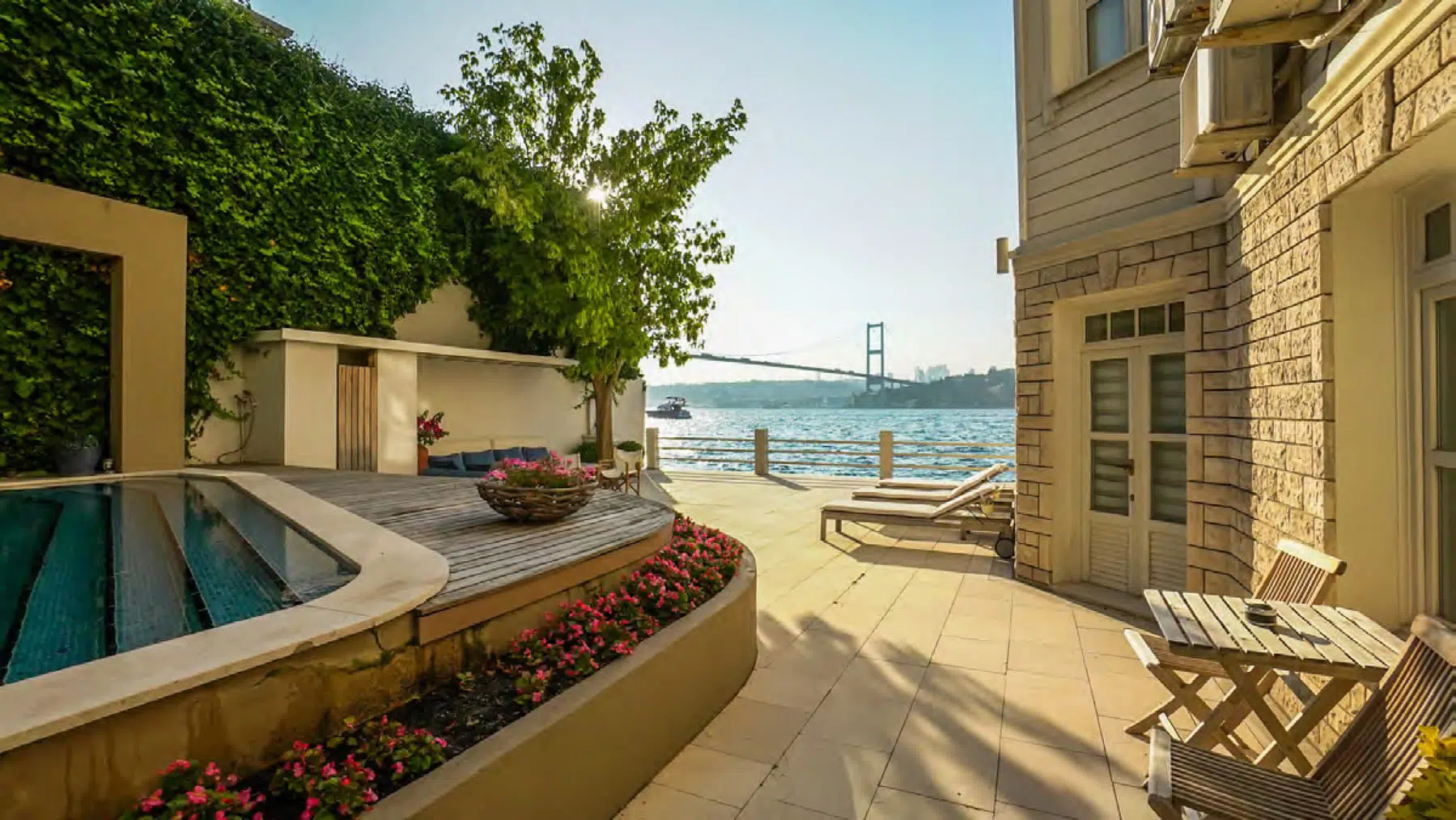
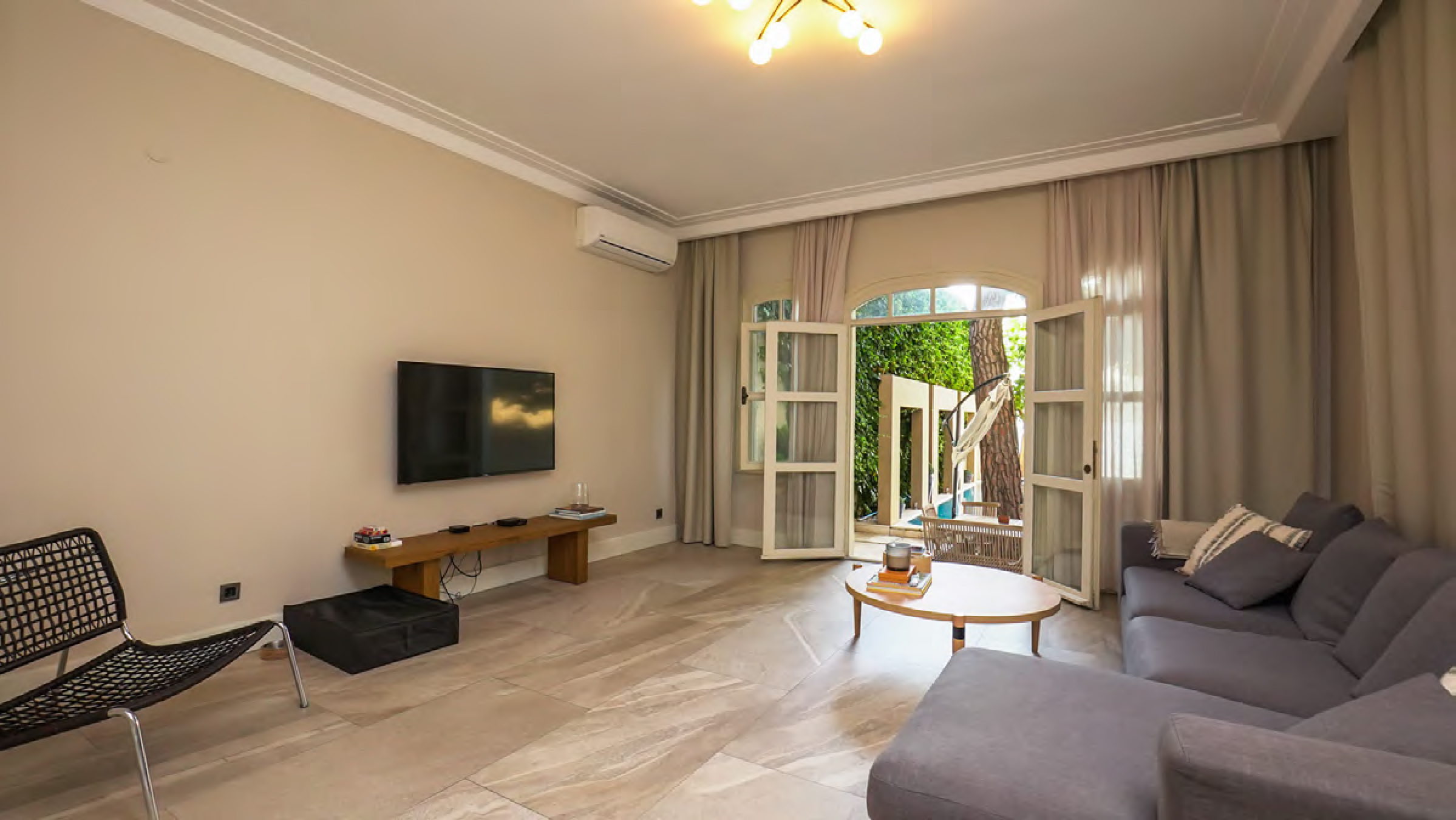
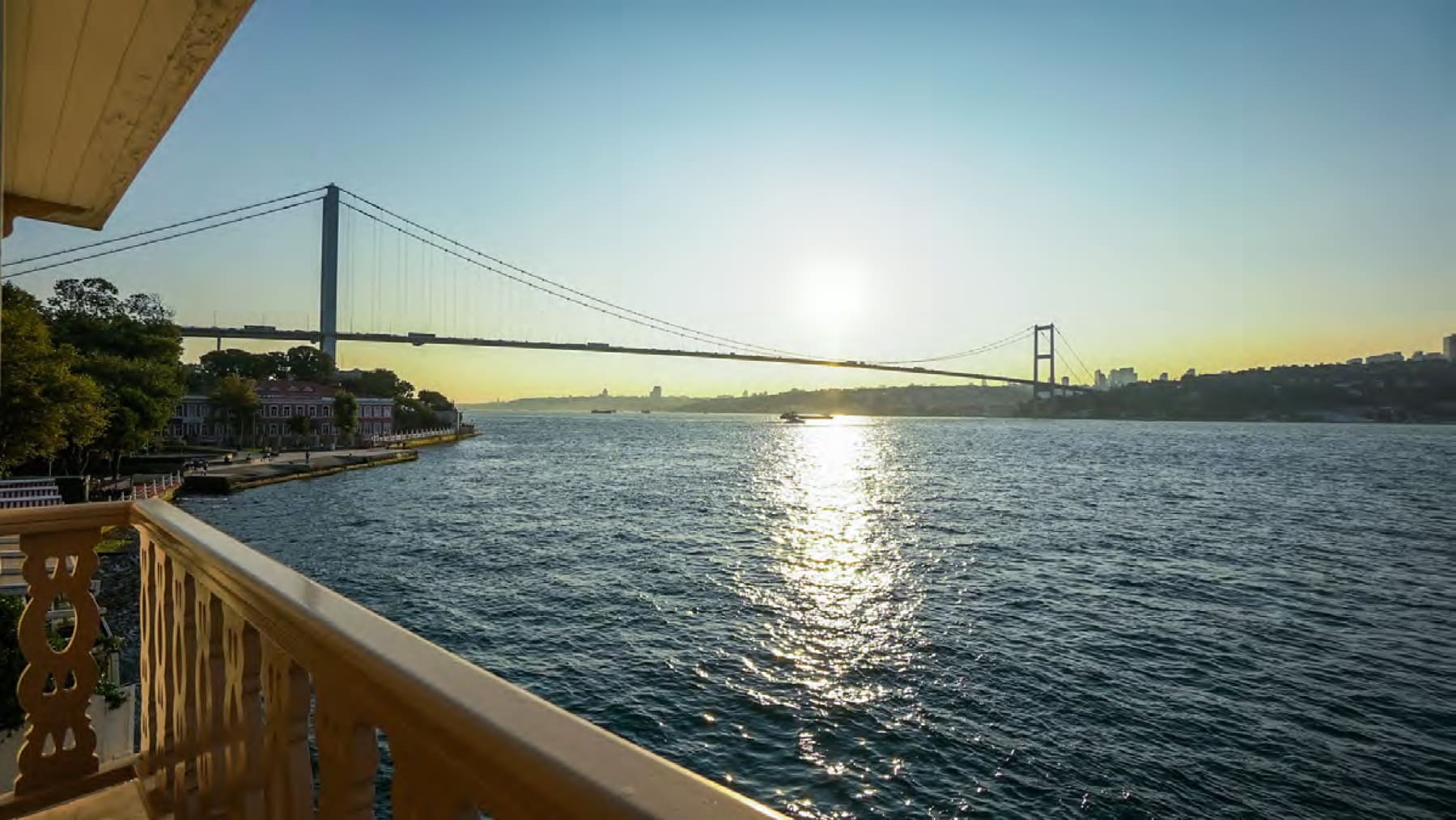
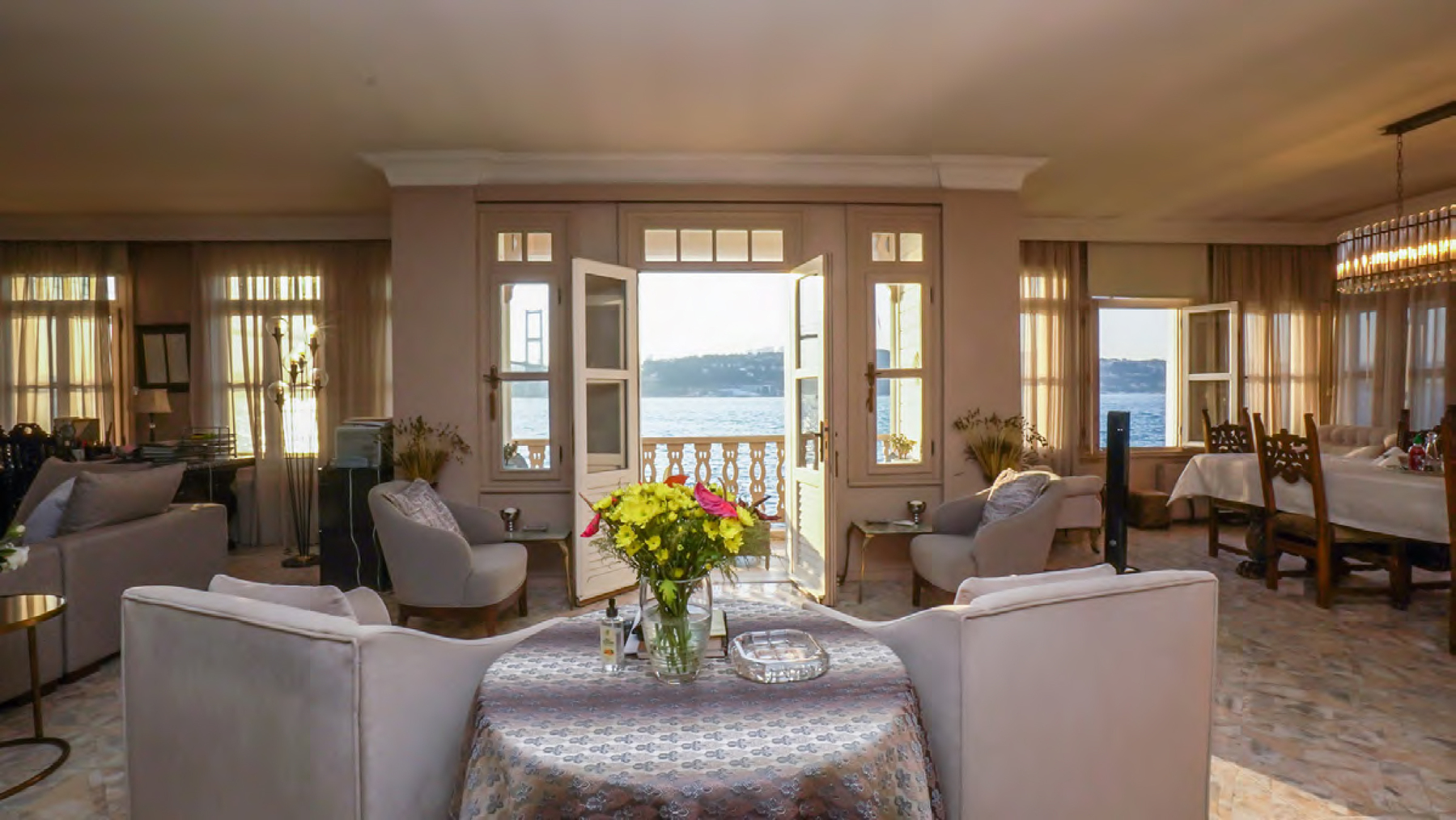
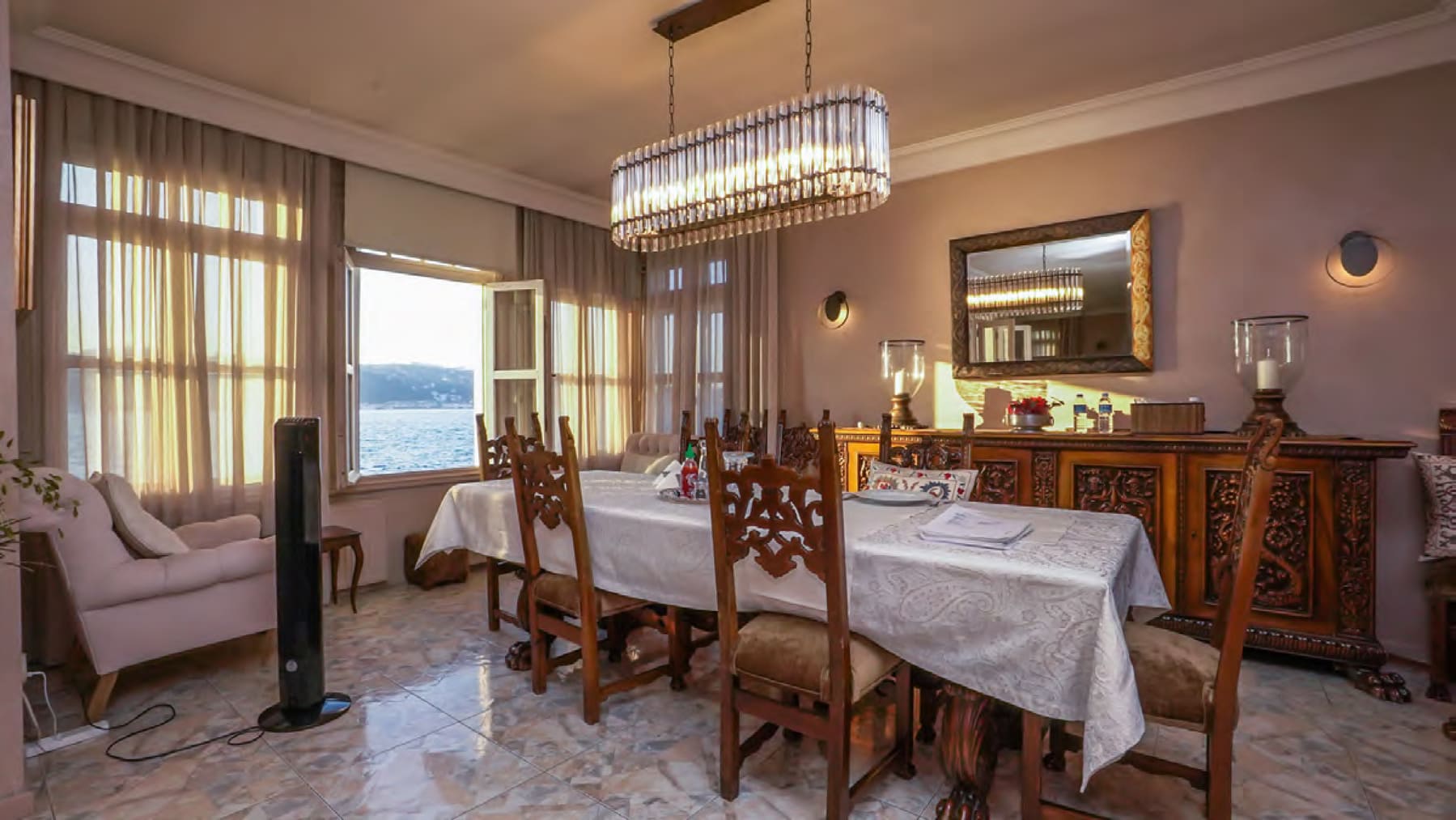
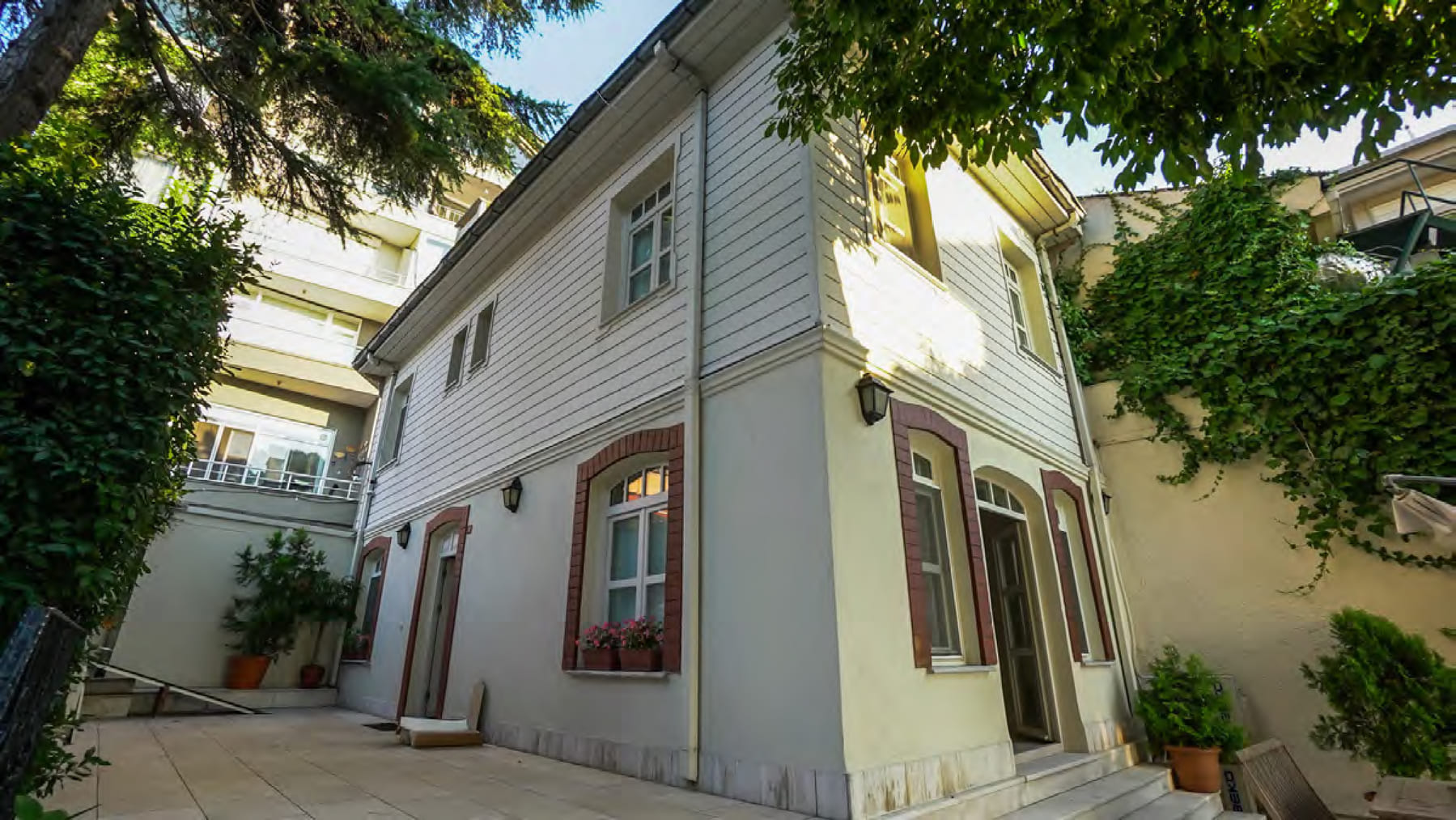
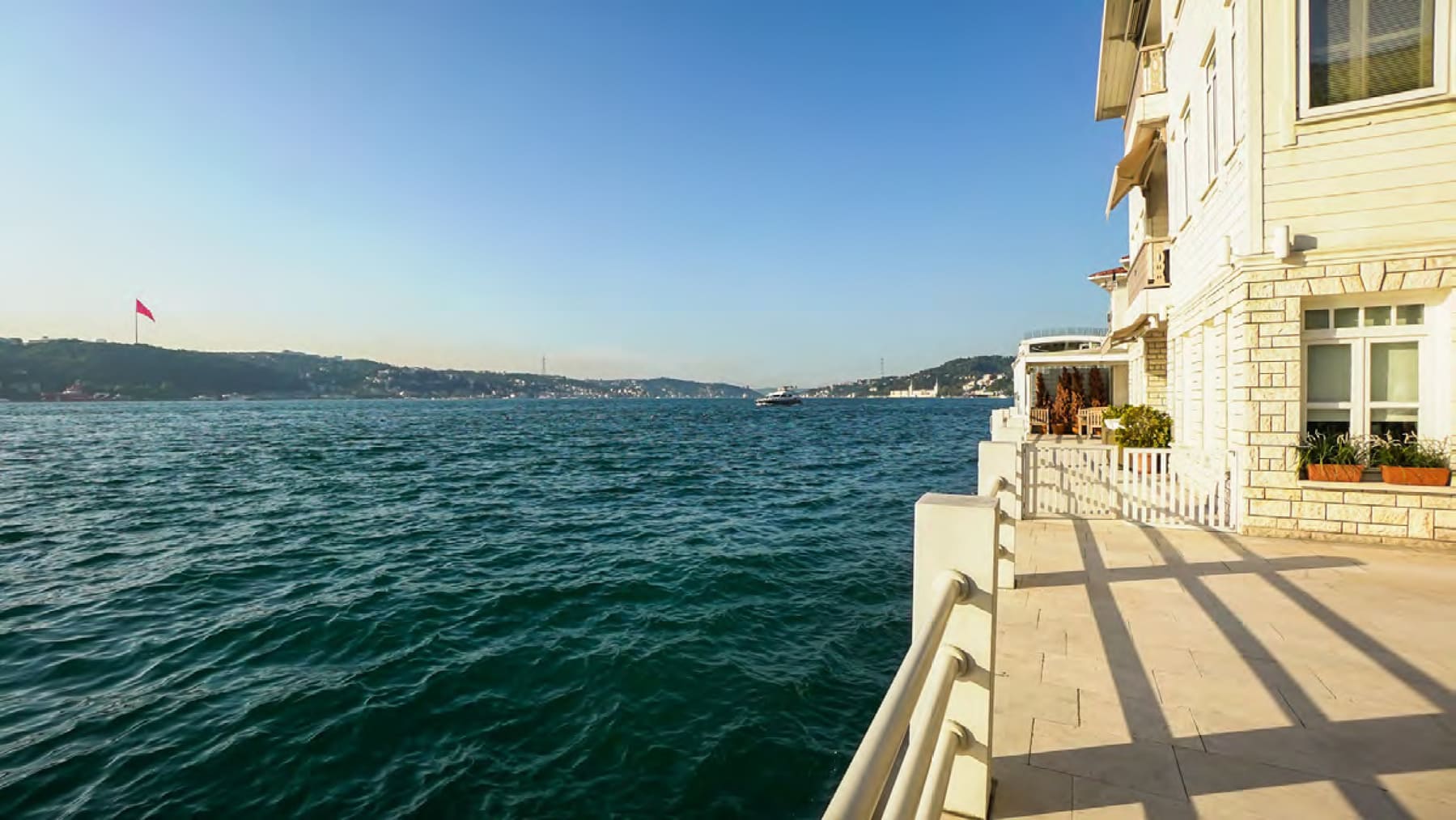
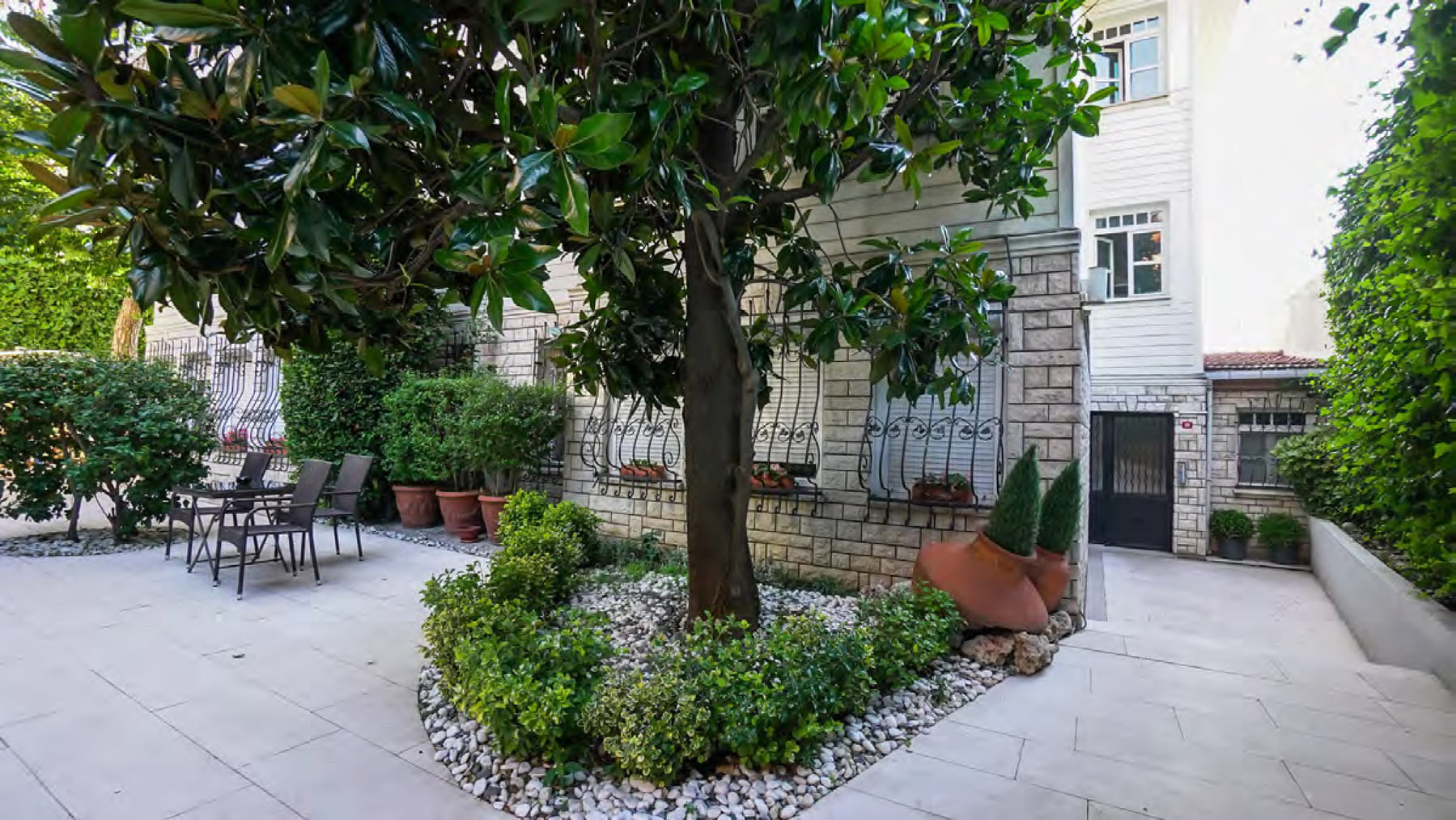
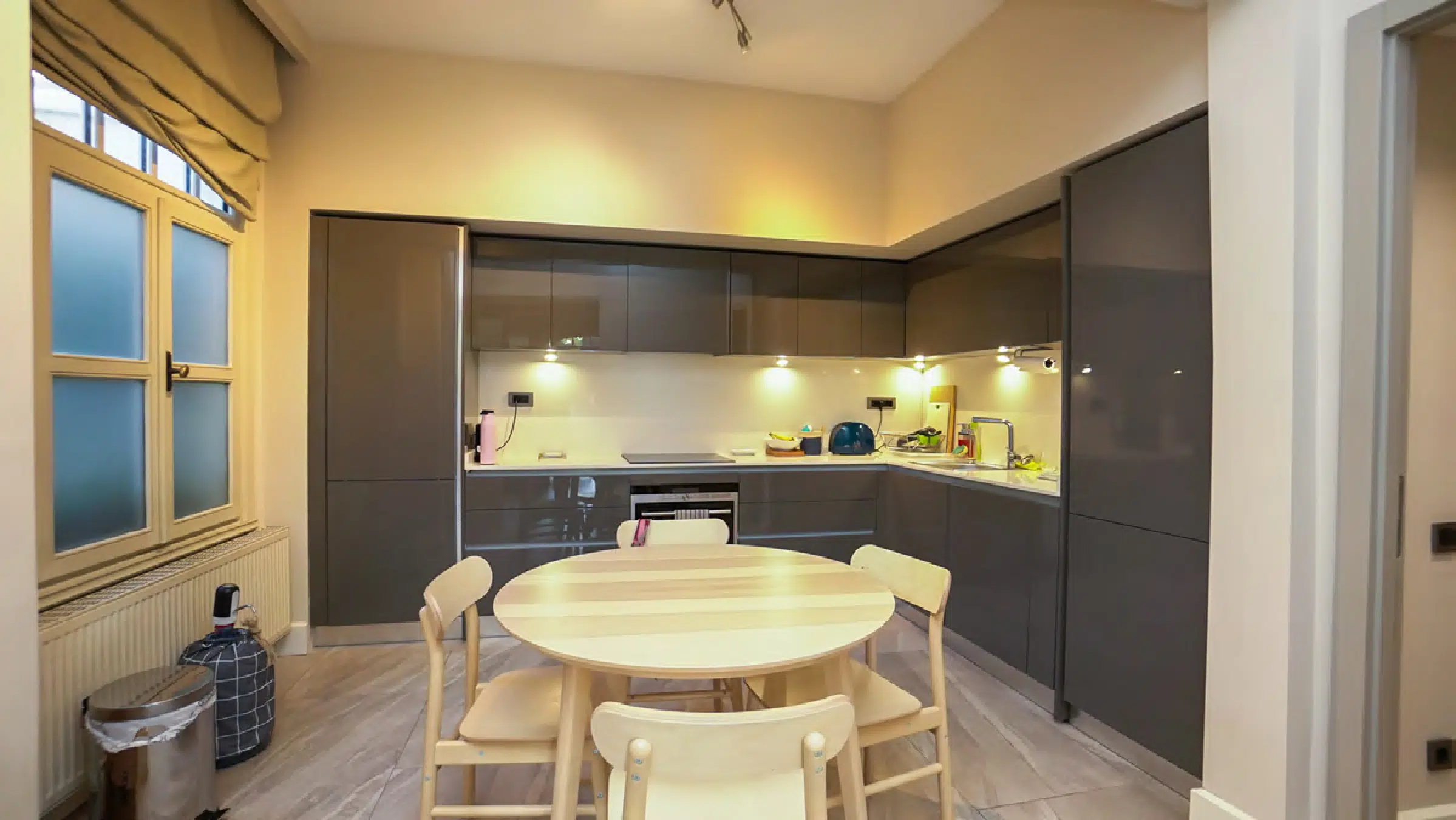
Comprising three distinct buildings, Sea Front Villa in Istanbul For Sale offers a variety of living spaces to suit every need and preference. The main building spans an impressive 750 square metres over three floors, housing a total of 14 luxurious rooms. With its exquisite design and meticulous attention to detail, each room exudes an aura of refinement and sophistication, offering residents a sanctuary of comfort and style.
Mansion Video
Sea Front Villa in Istanbul For Sale stands as a beacon of luxury and sophistication, offering discerning buyers the opportunity to experience the epitome of waterfront living in Istanbul. With its unrivalled amenities, elegant residences and breathtaking views, this remarkable property is truly a gem to behold. As you explore the grounds of Sea Front Villa in Istanbul For Sale, you’ll discover a world of unparalleled beauty and tranquillity, where every detail has been thoughtfully crafted to elevate the art of living to new heights.
The Price of the Mansion
| TYPE | MIN M² | MIN PRICE |
|---|---|---|
| 3 Floors | 1000 m² | $37.000.000 |
The Bosphorus Mansions epitomize iconic luxury in Turkey, representing a fusion of history, opulence, and breathtaking natural beauty. These majestic residences, lining the shores of the legendary Bosphorus Strait, stand as enduring symbols of Istanbul’s rich cultural heritage and architectural splendor. With their ornate Ottoman-style designs, grand facades, and panoramic views of the waterway, these mansions have long been coveted by discerning buyers seeking the ultimate in waterfront living. Today, many of these historic properties have been meticulously restored and transformed into exclusive residences, boutique hotels, or cultural institutions, offering residents and guests a glimpse into the city’s storied past and a taste of unparalleled luxury. The Bosphorus Mansions epitomize the pinnacle of elegance and sophistication in Turkey, embodying the essence of timeless luxury along one of the world’s most iconic waterways.
Around 650 villas surround the Bosphorus Mansion in districts such as Ortaköy, Üsküdar, Tarabya and Bebek. Most of them date from the 19th and 20th centuries. As was customary at the time, architects designed them using wood. Each house is unique in its own style. All the buildings are under “protected status”. Special permission is needed to renovate the houses. Throughout history, important names in Ottoman society have used these villas. These villas are always in special portfolio status. In general, the secret sales strategy is applied.

